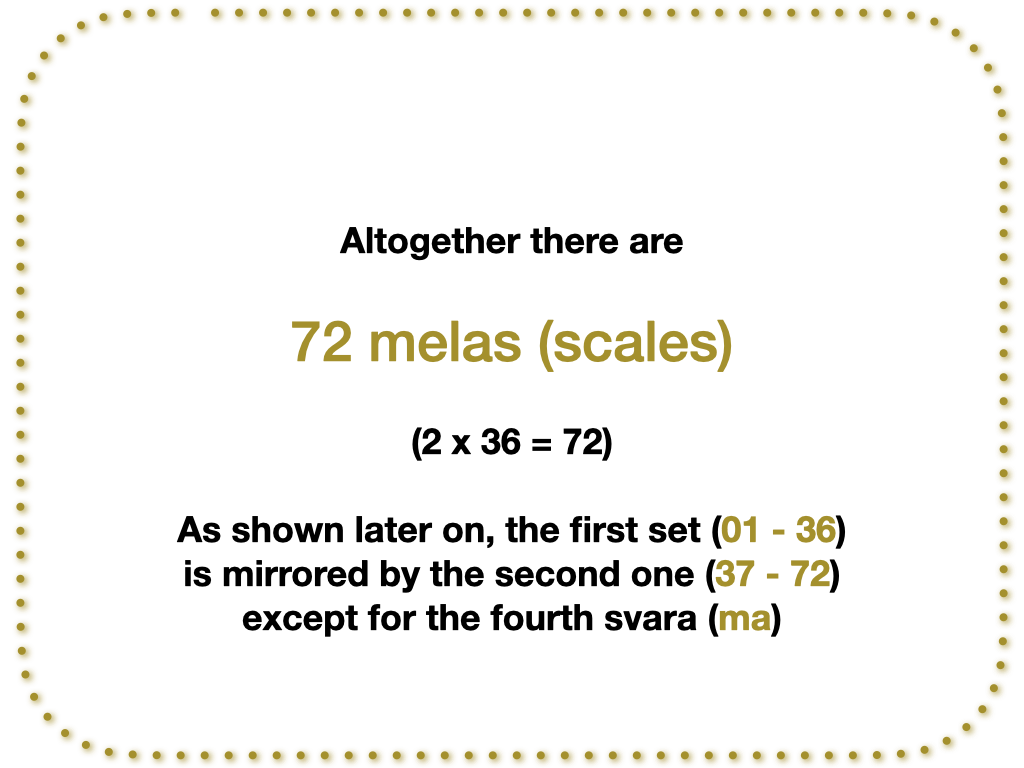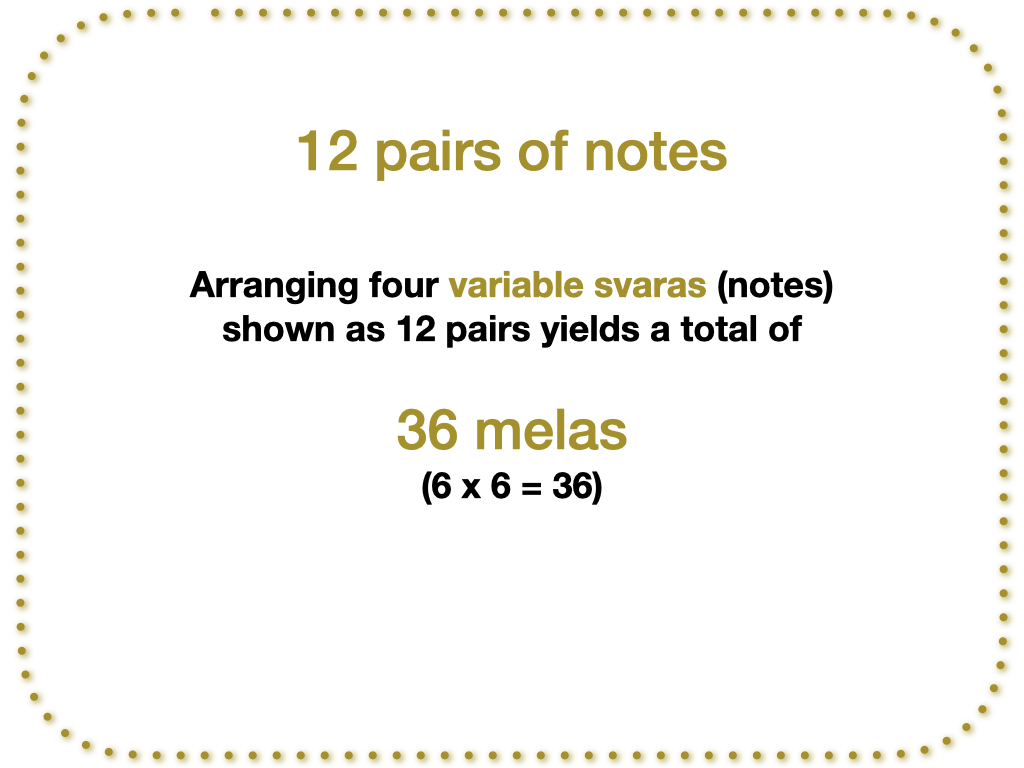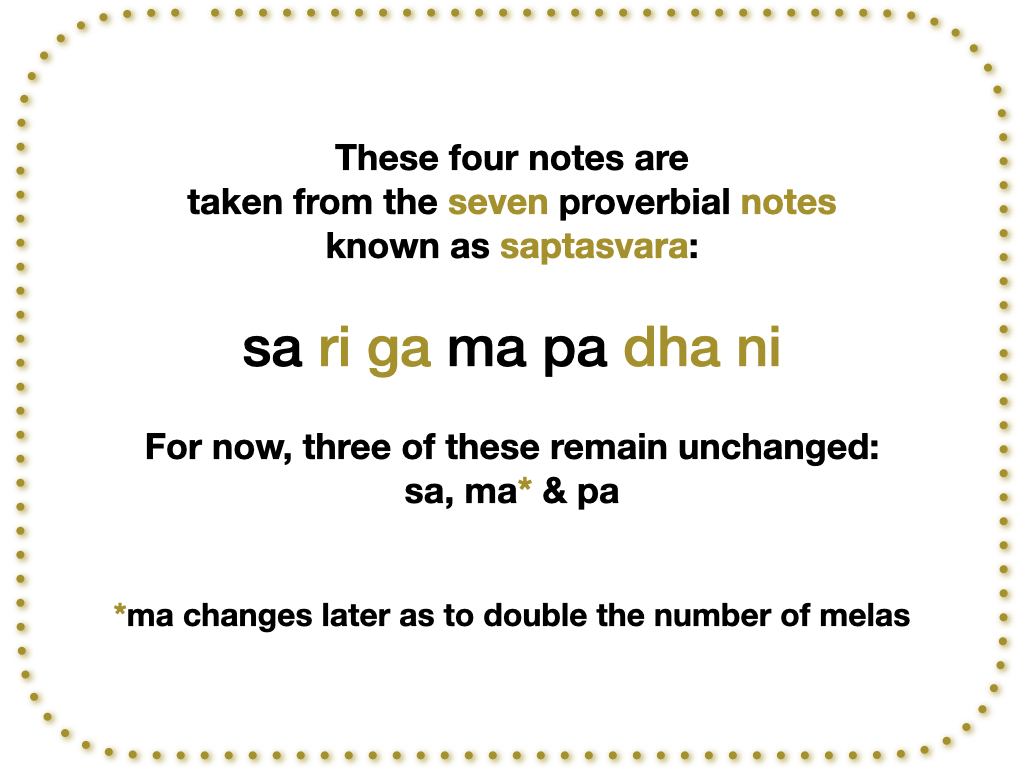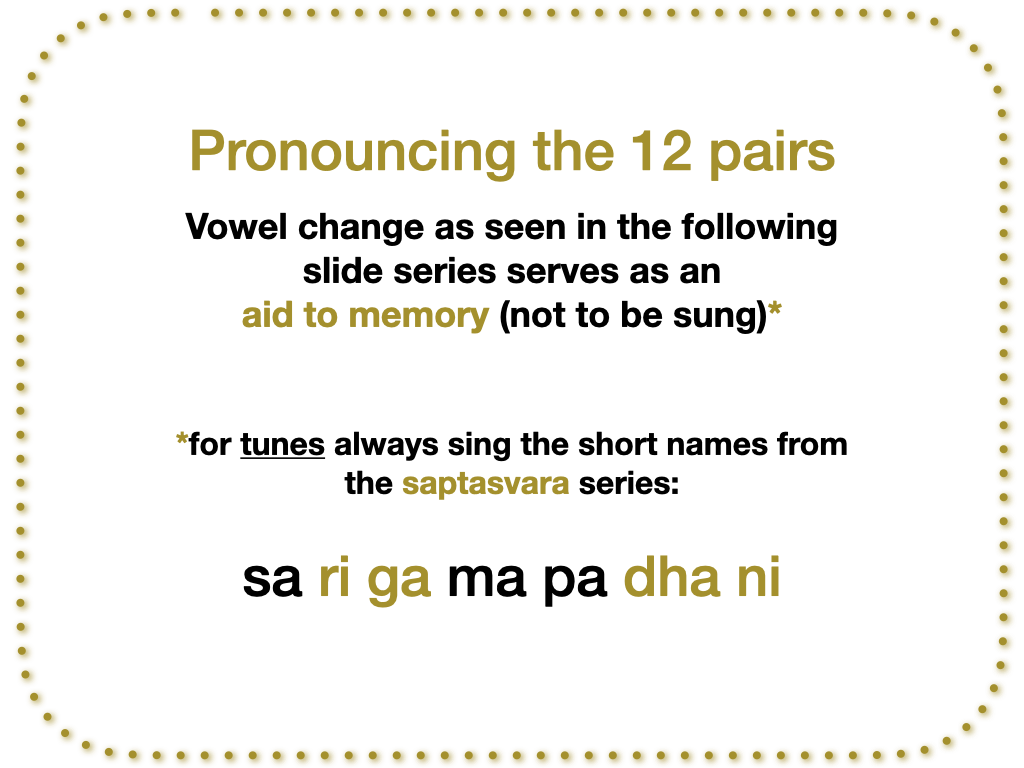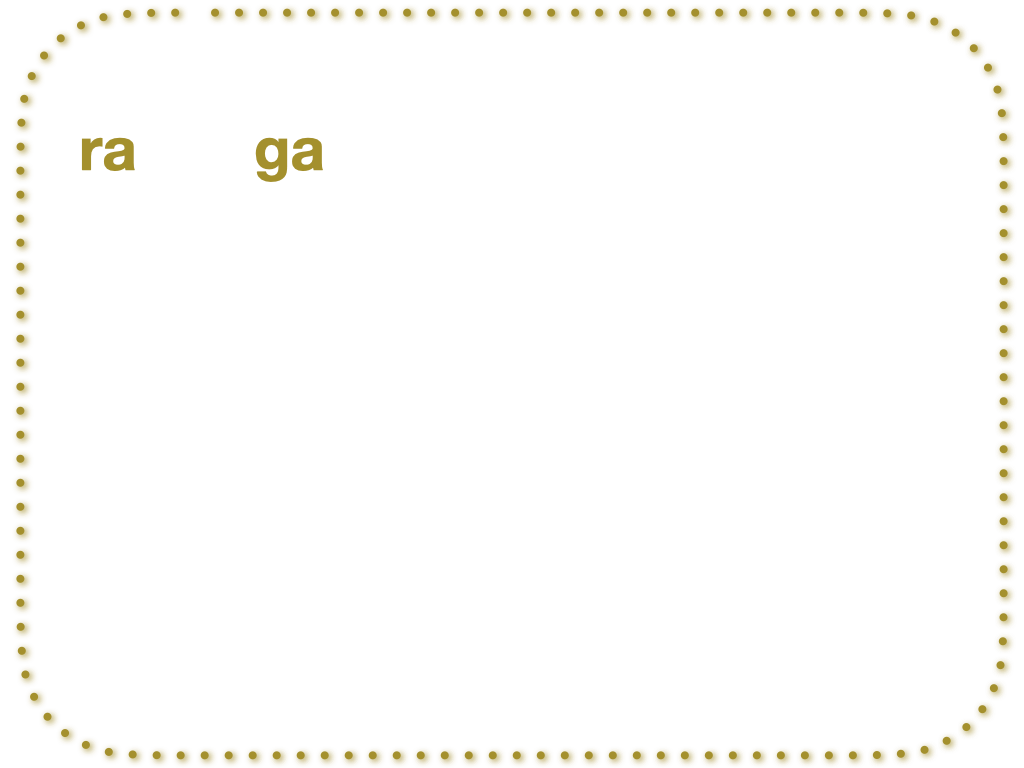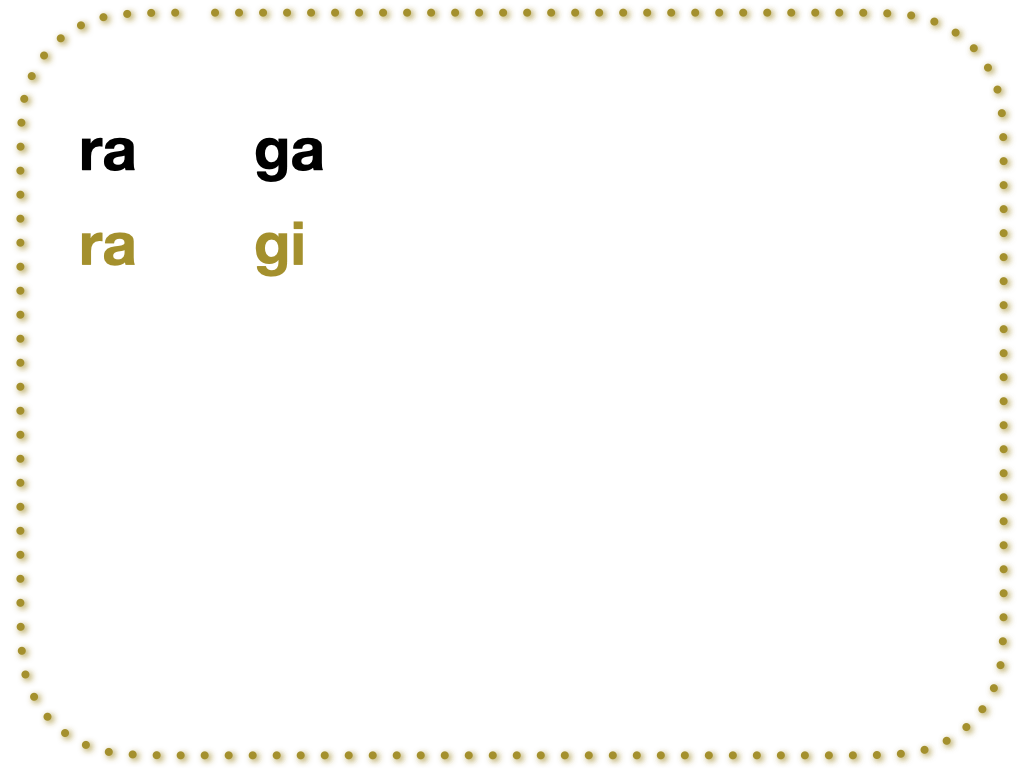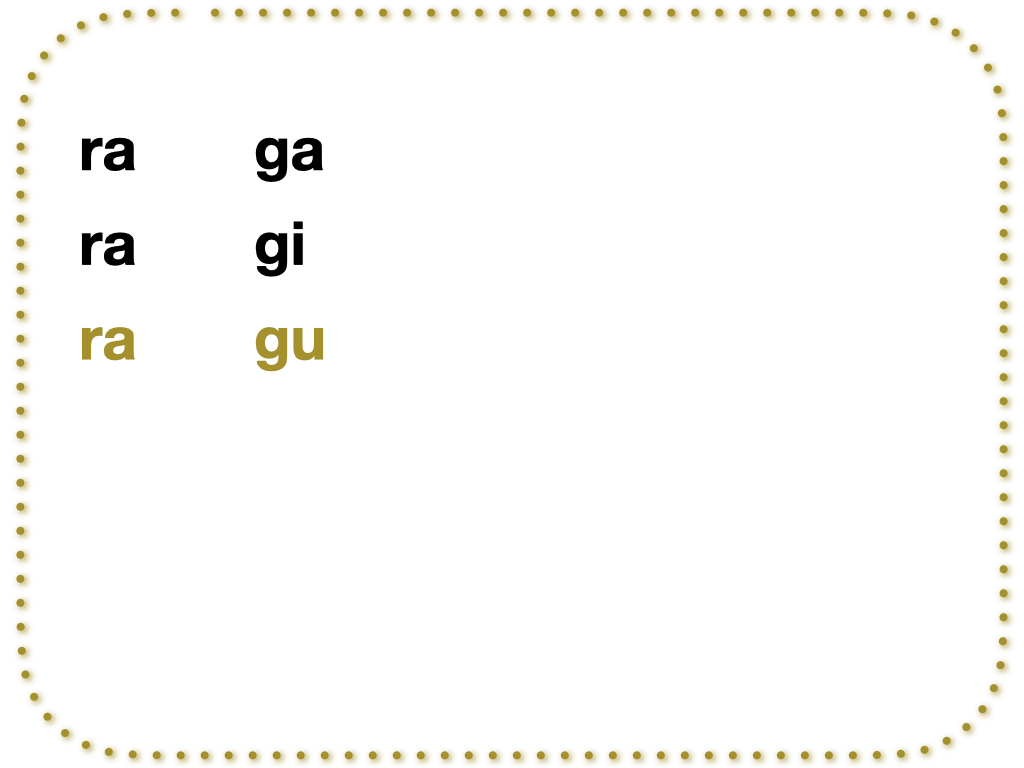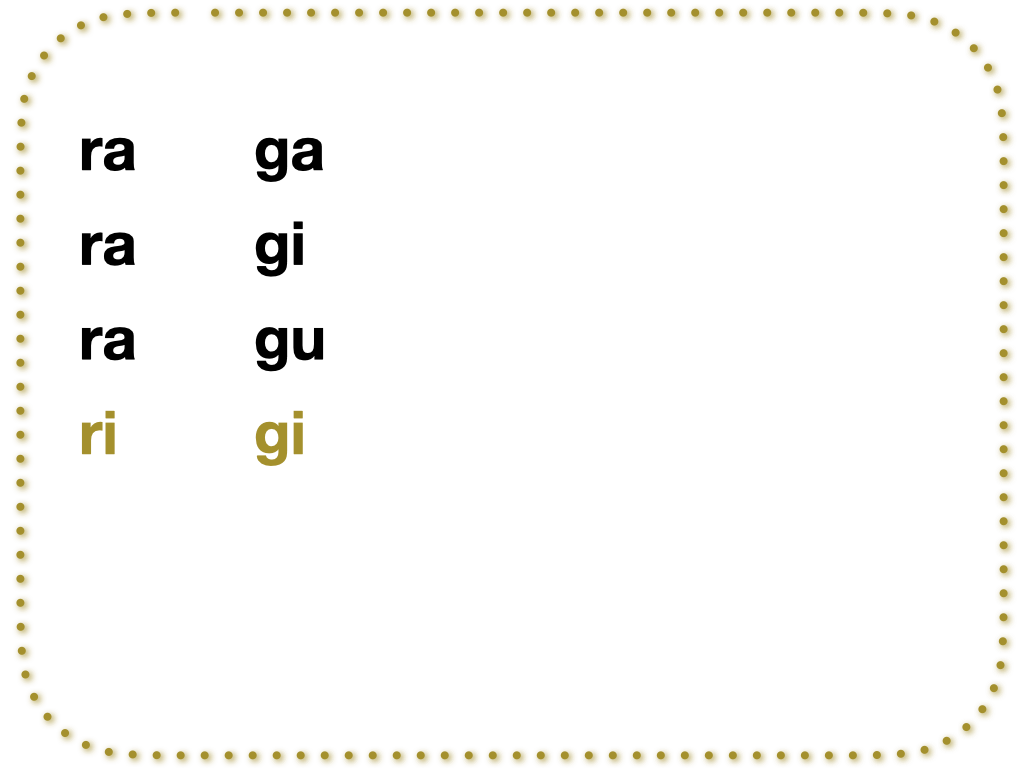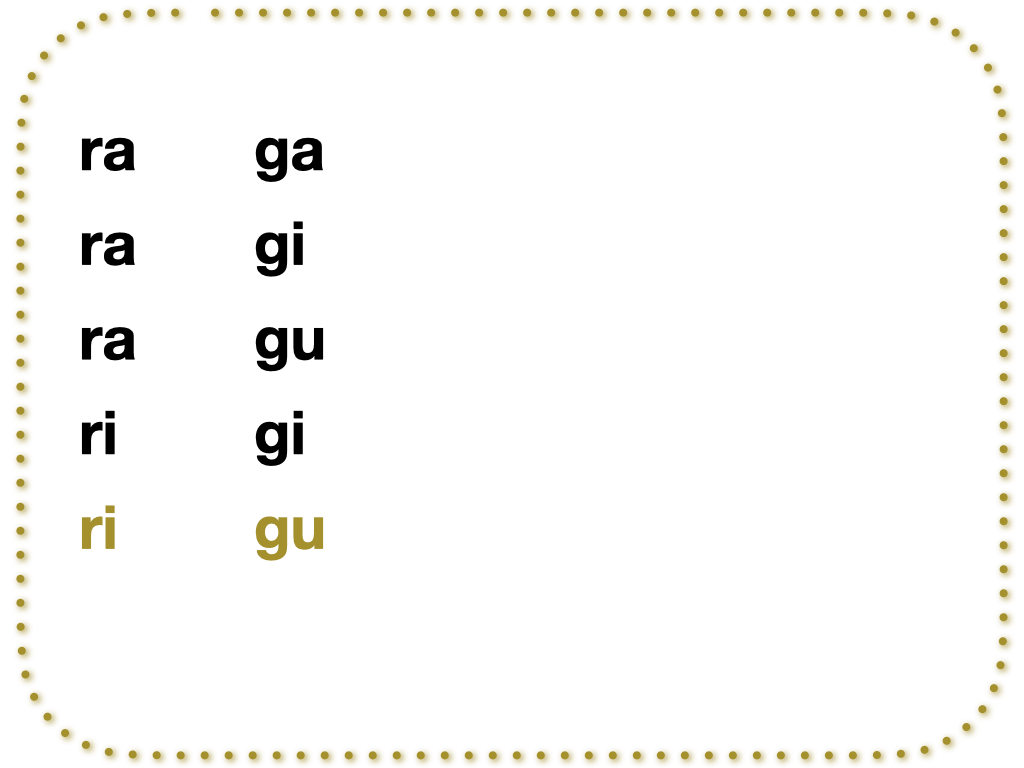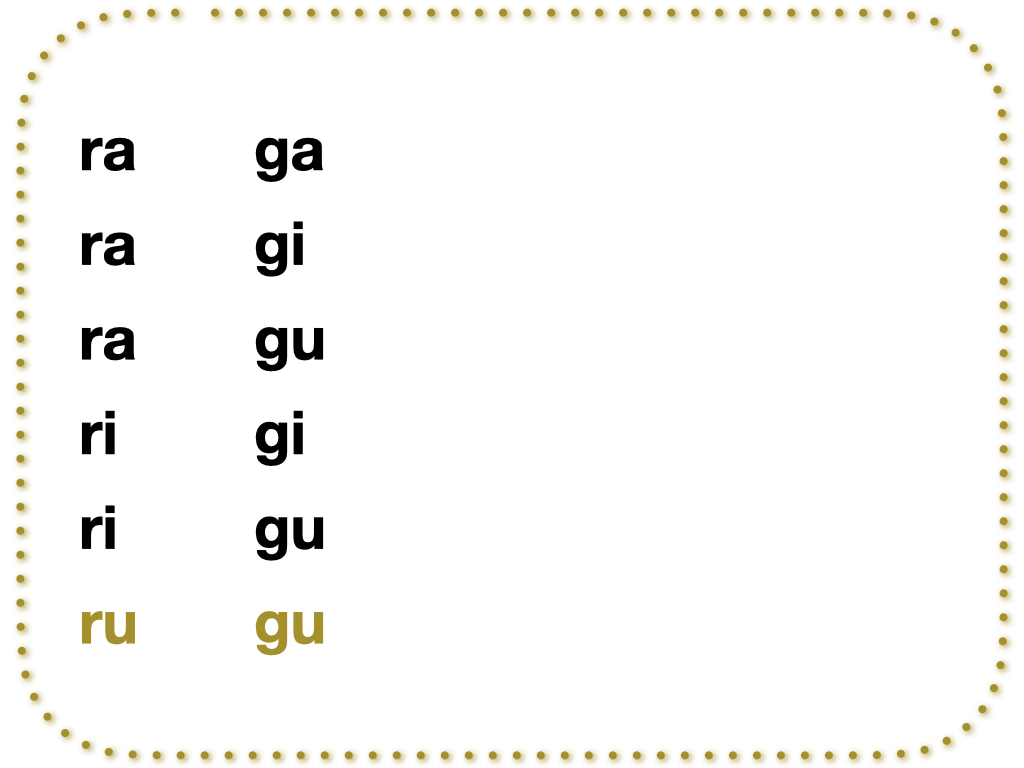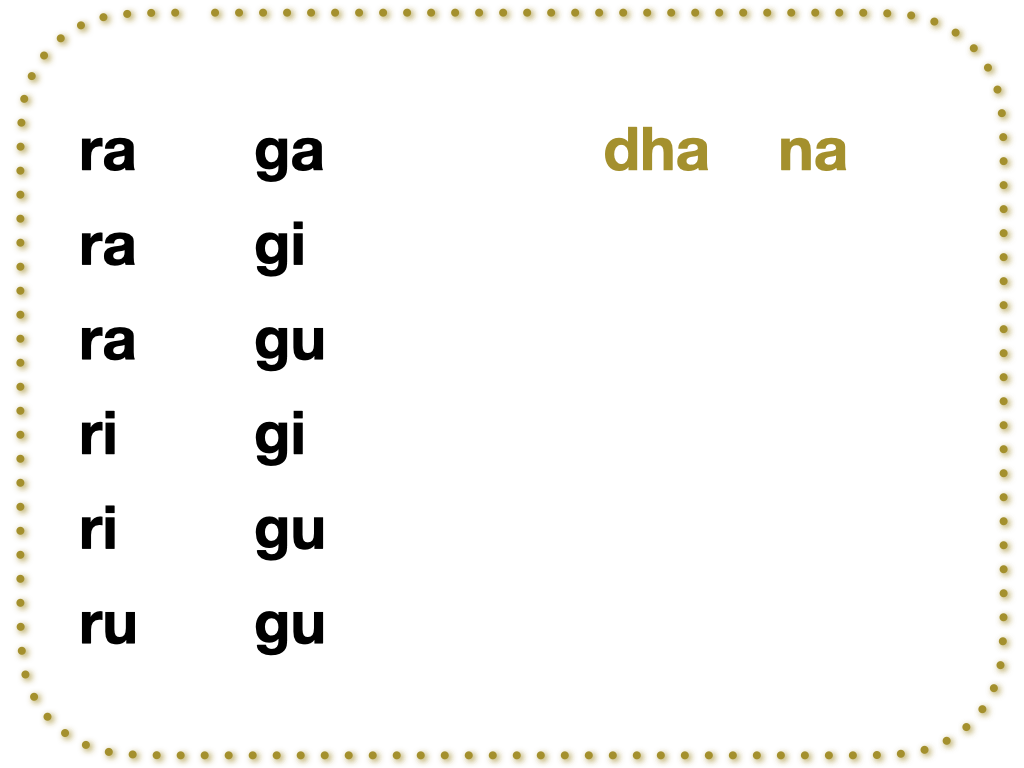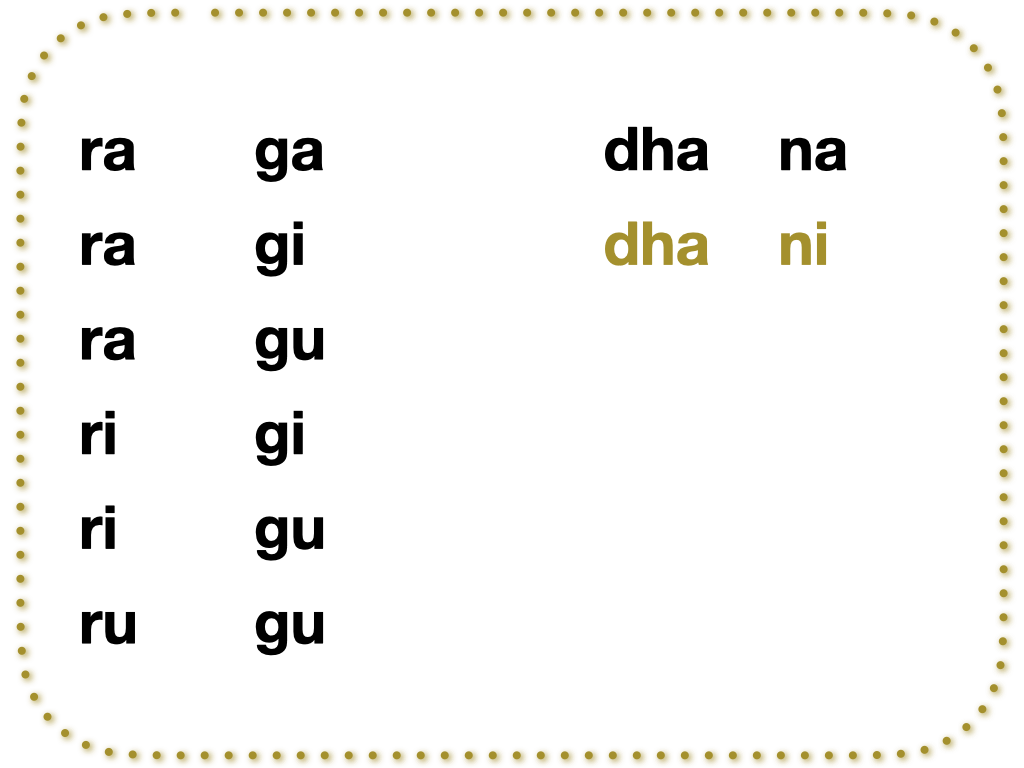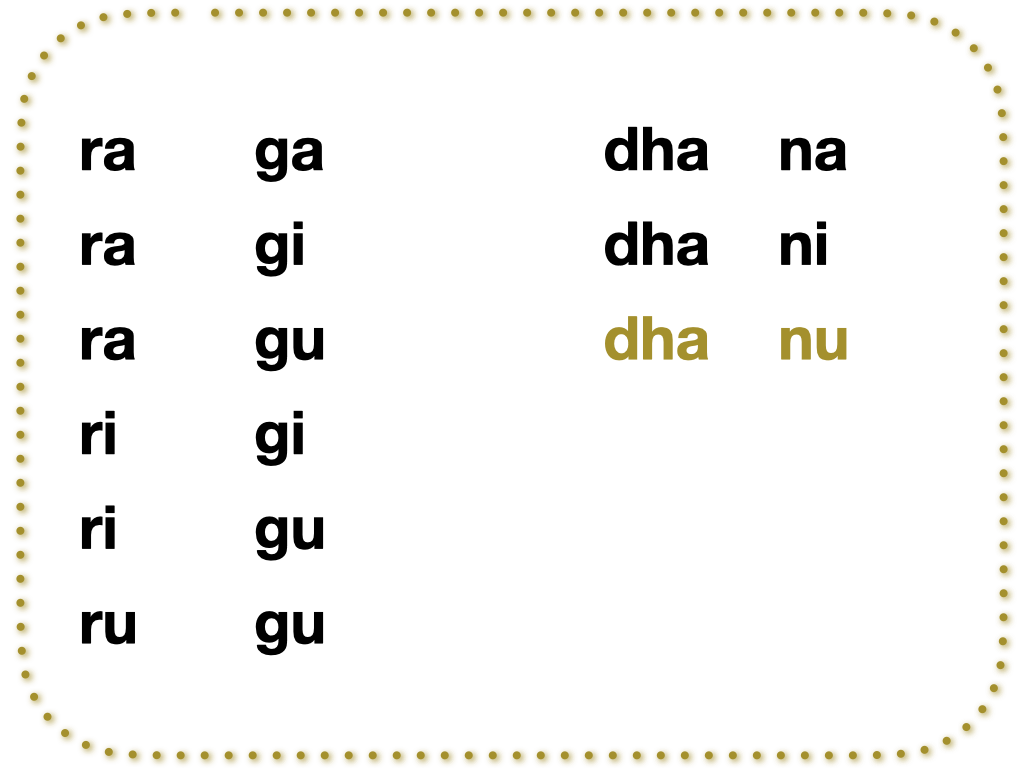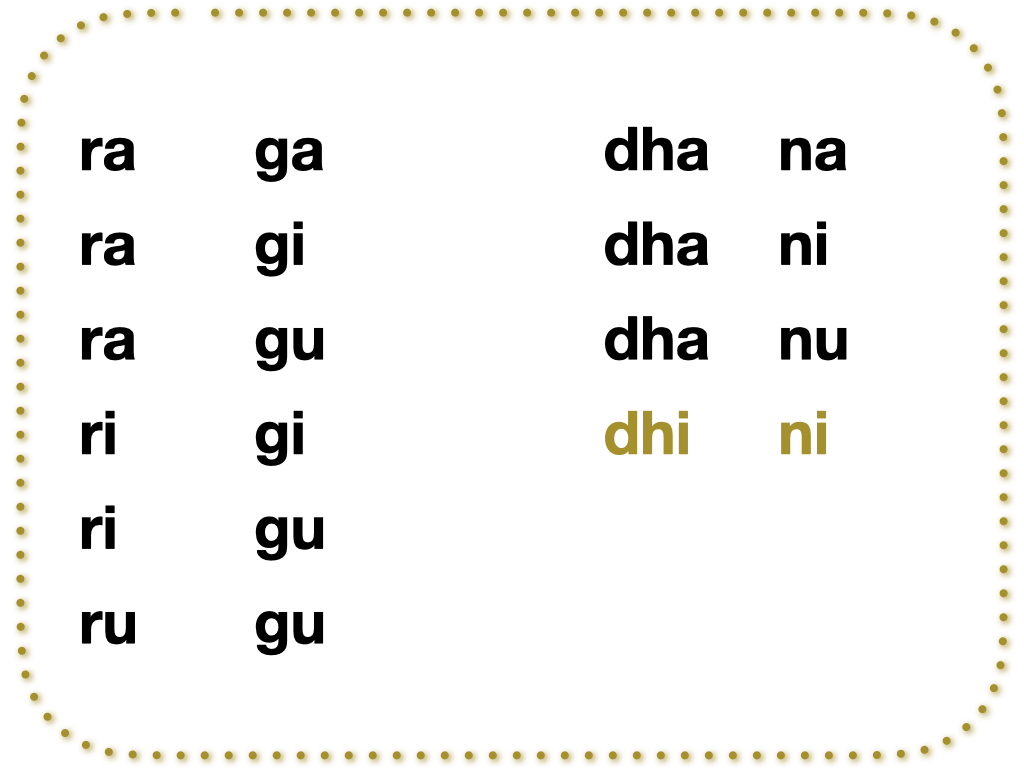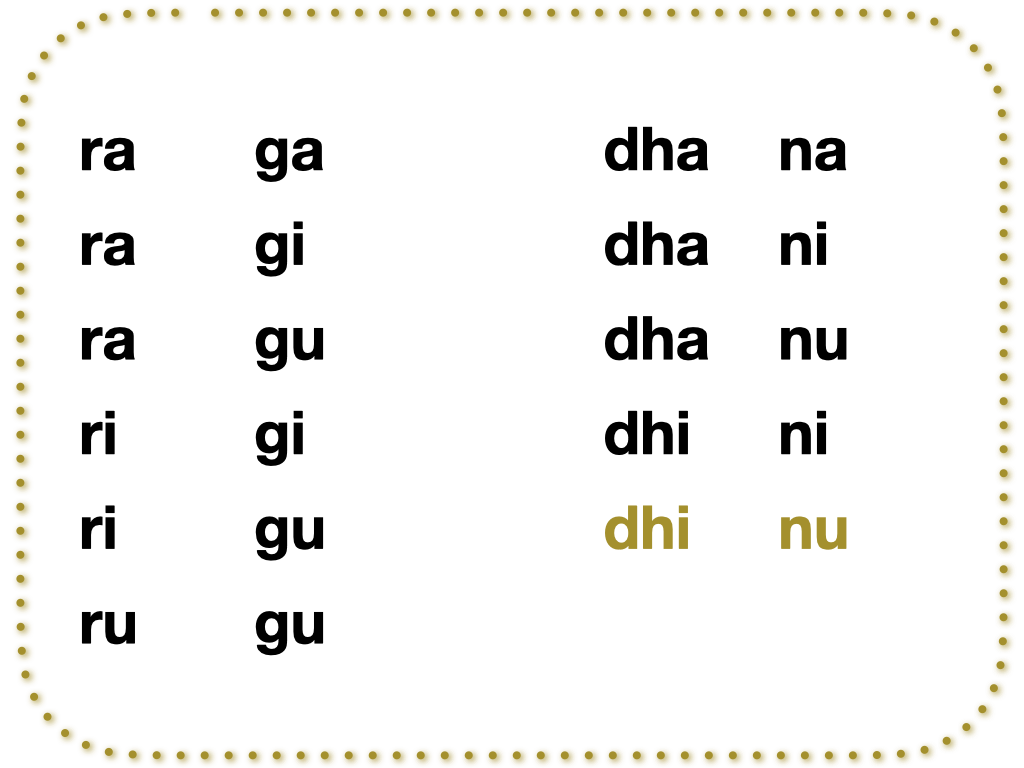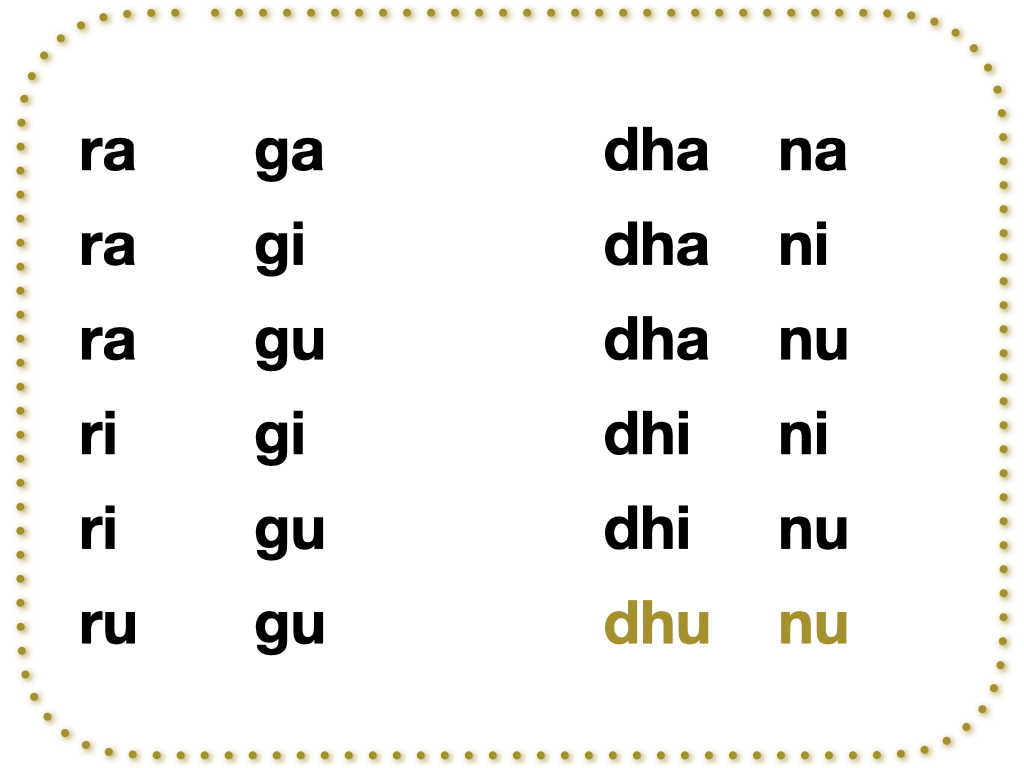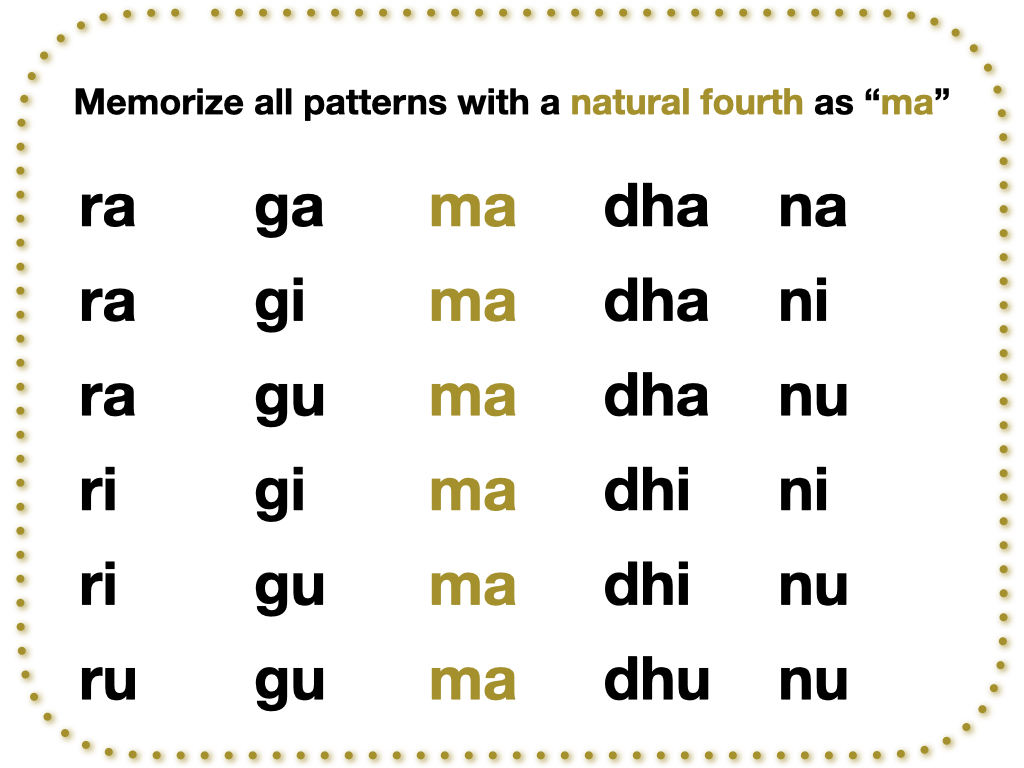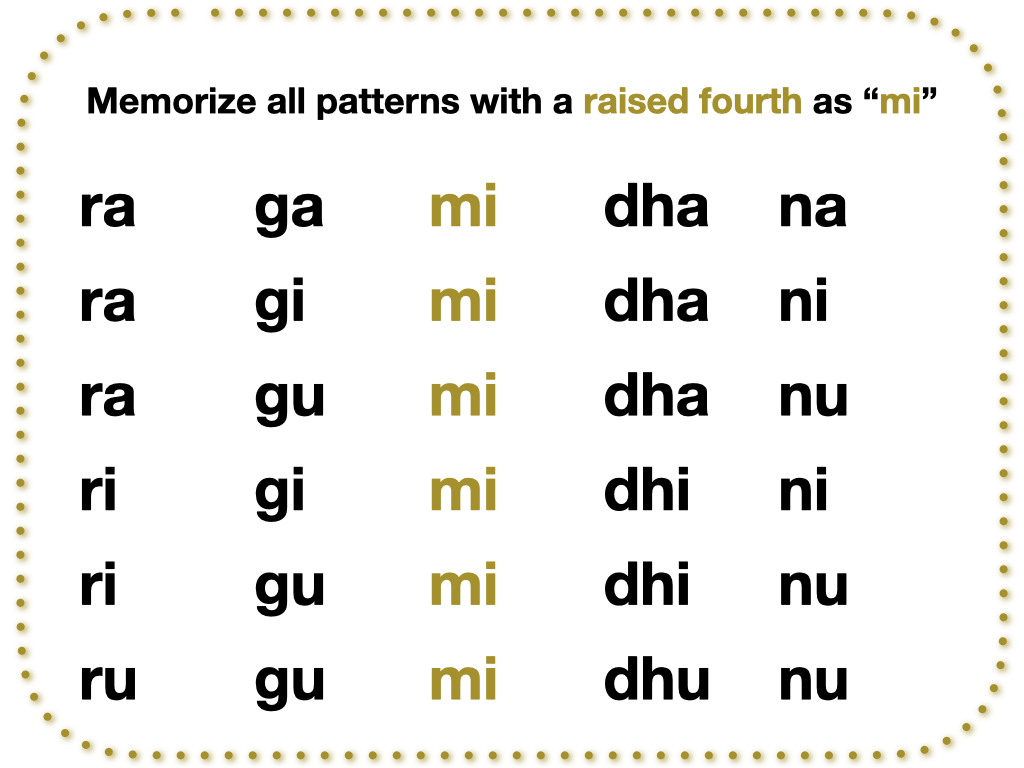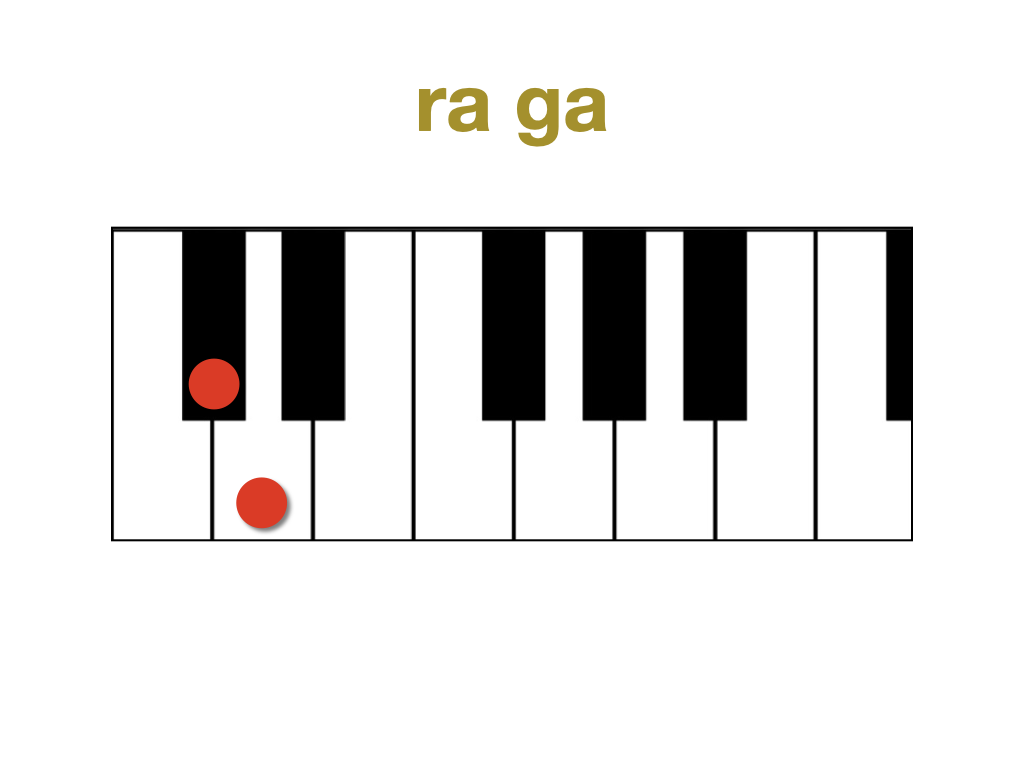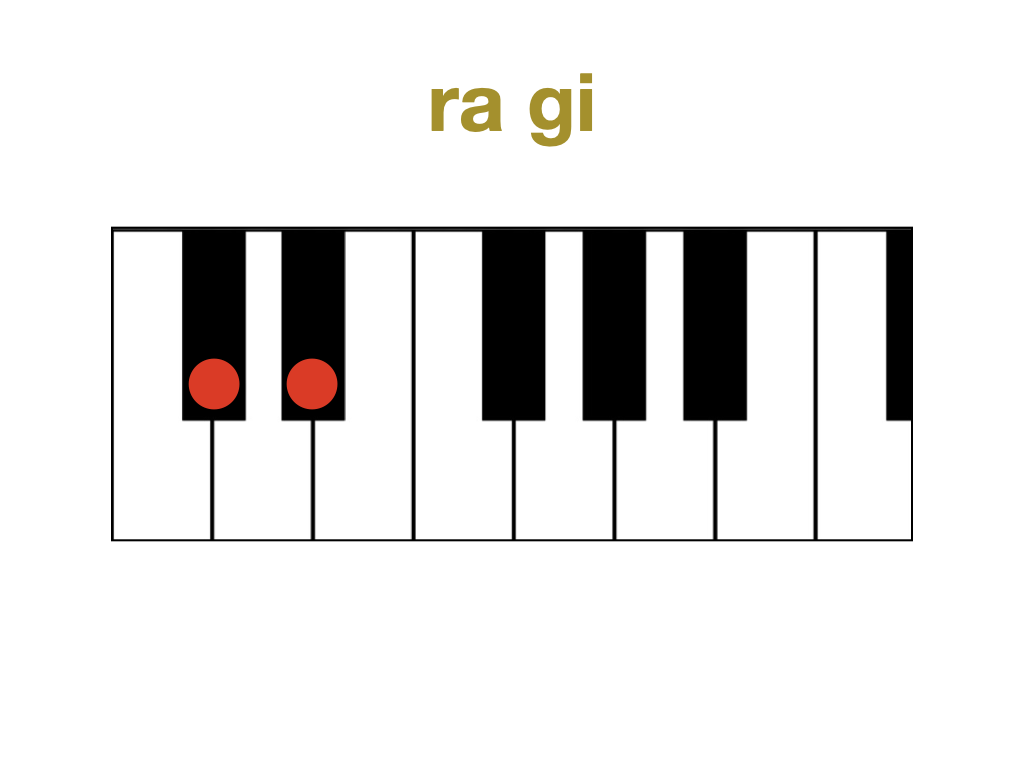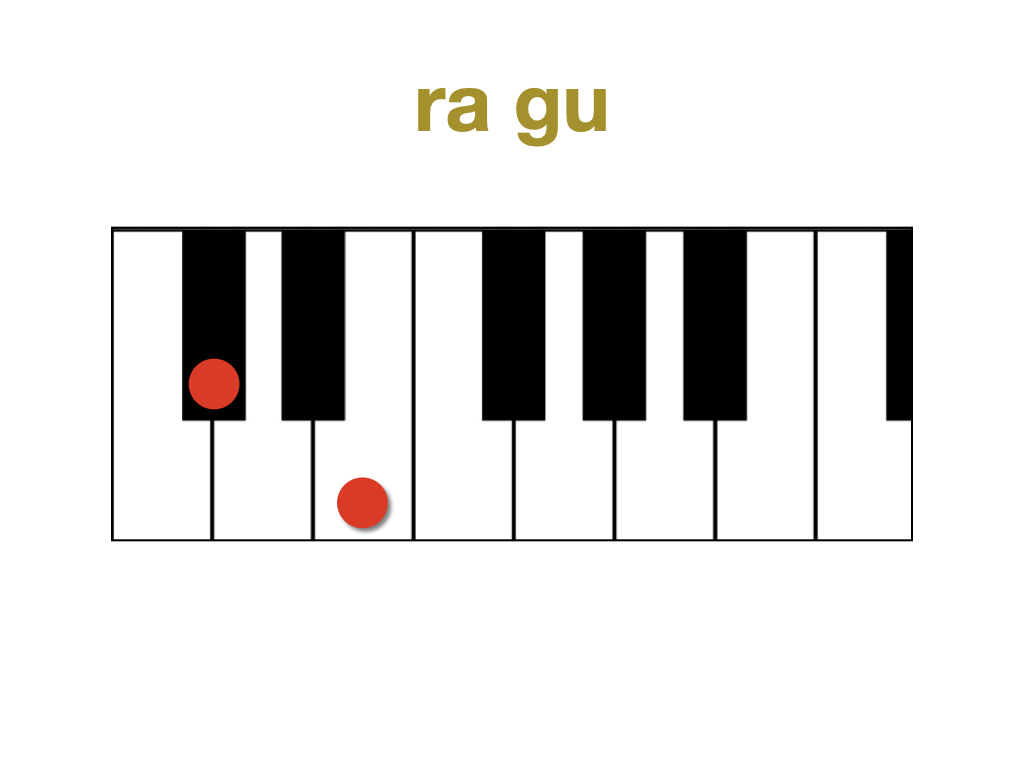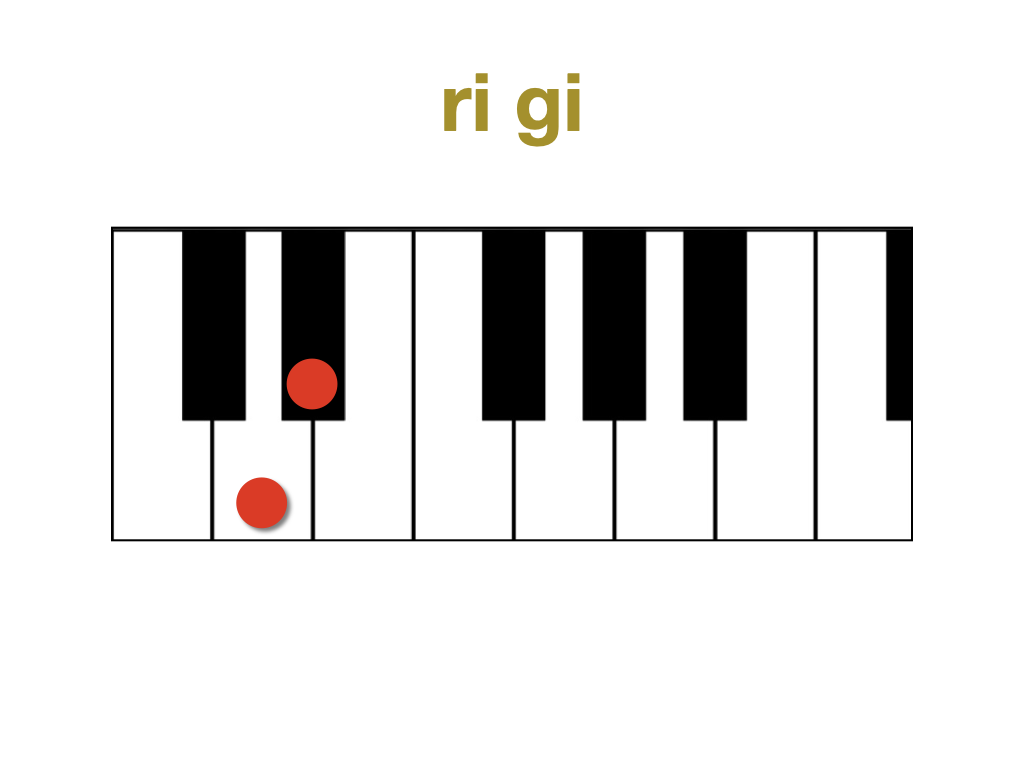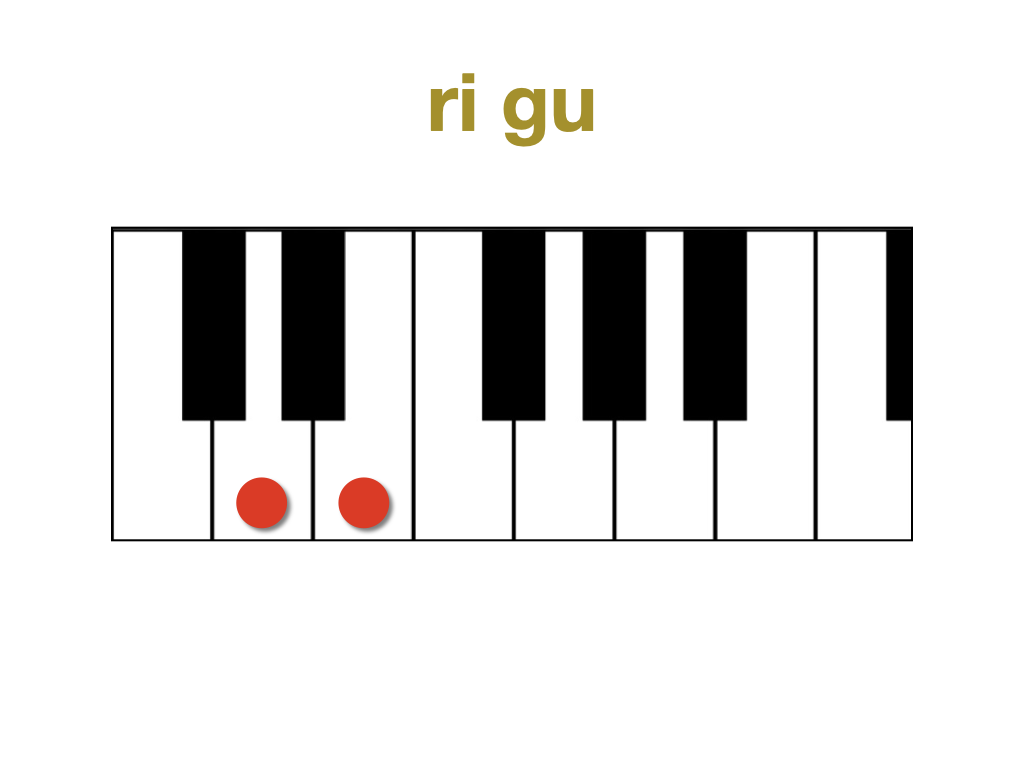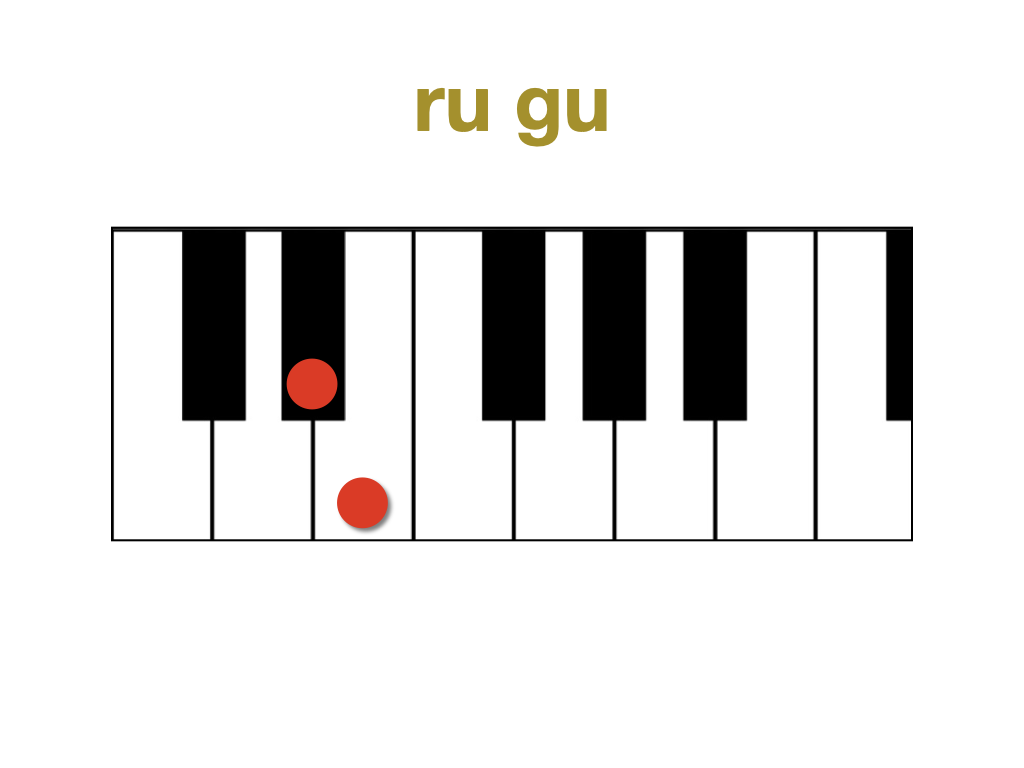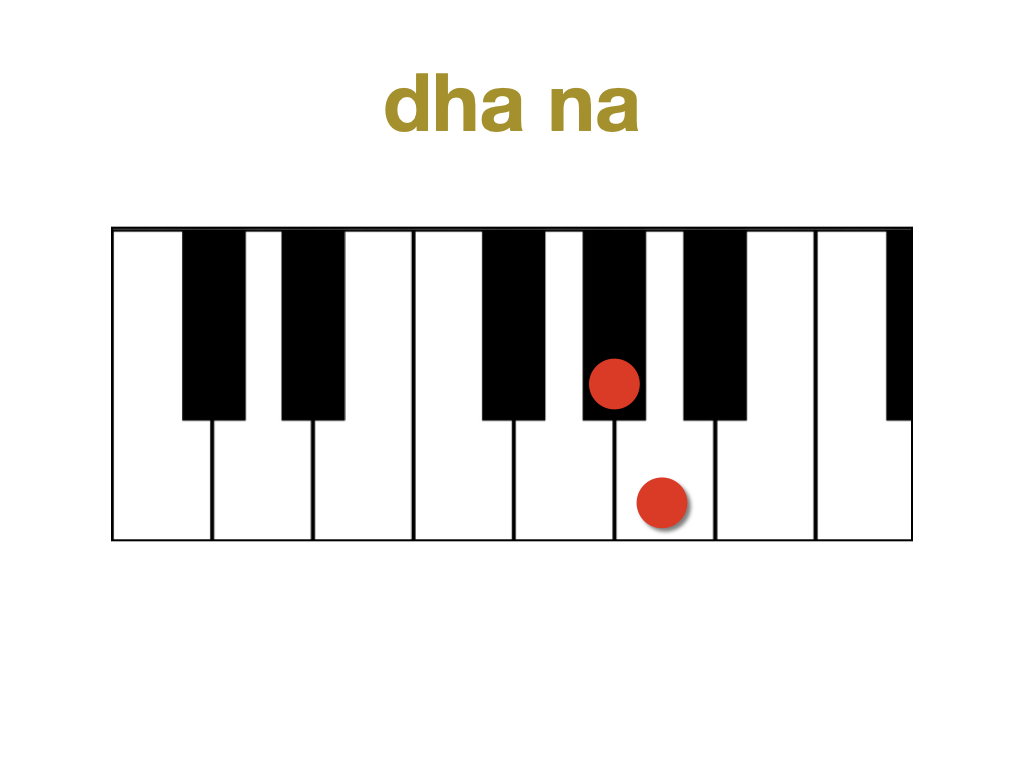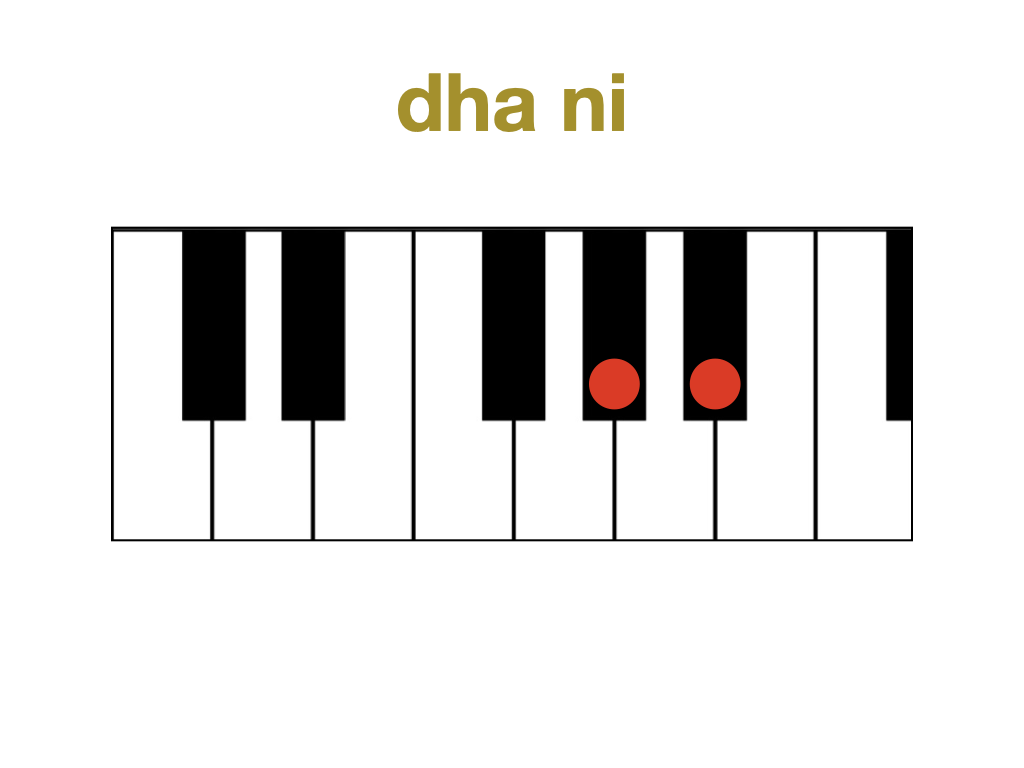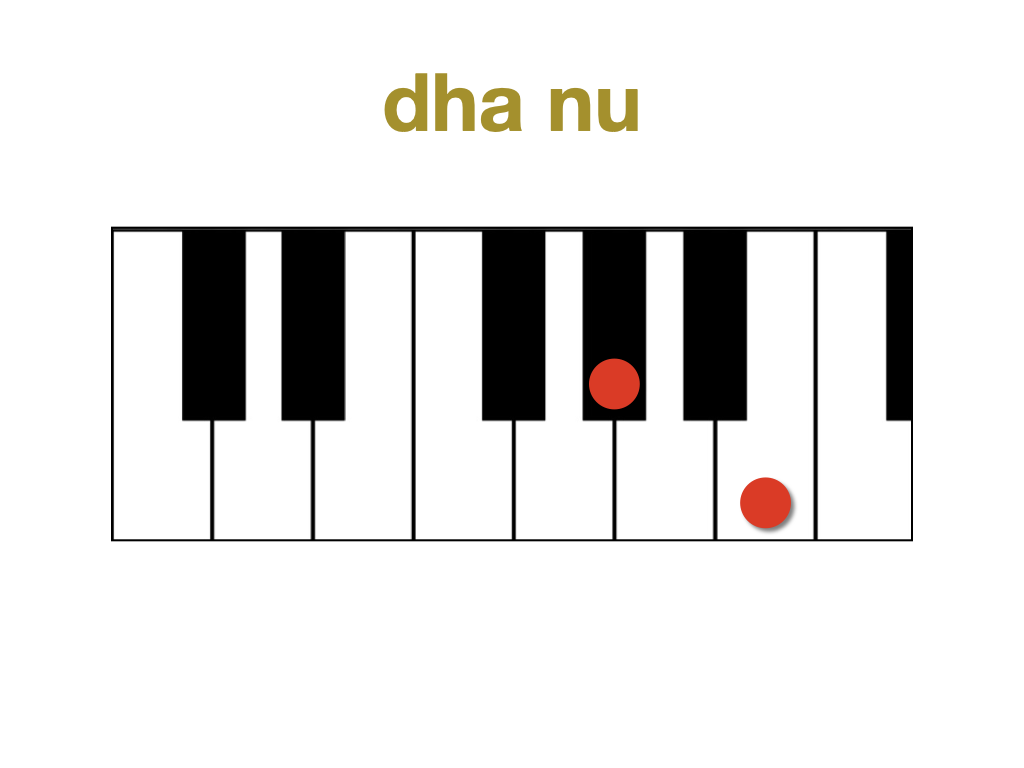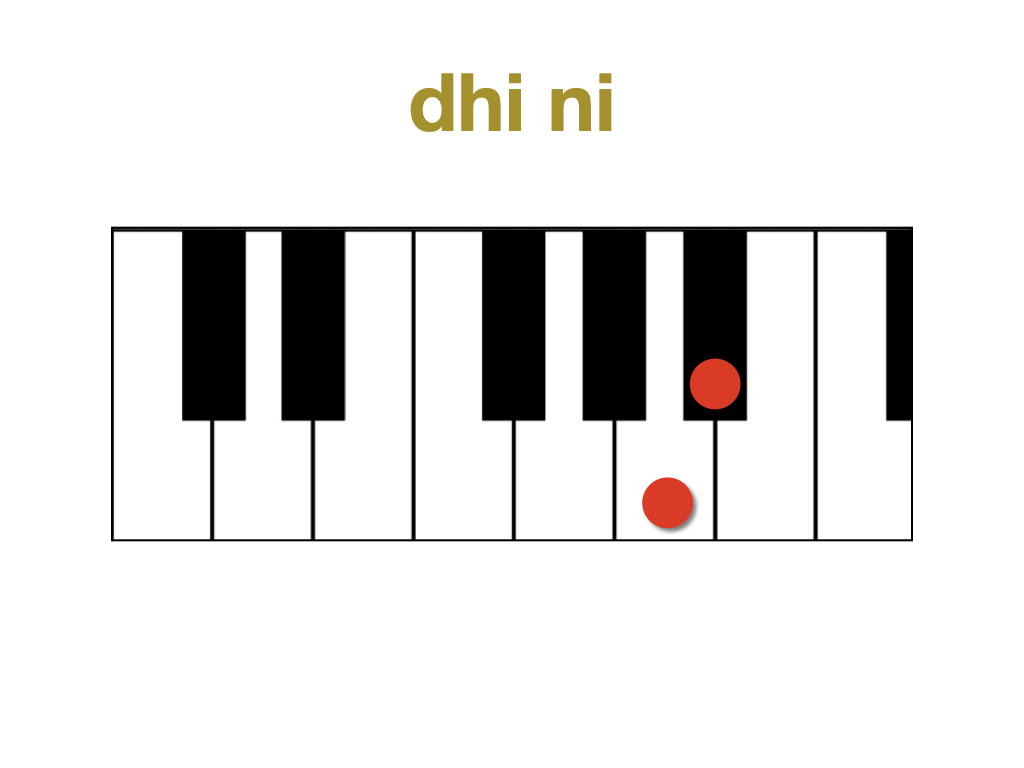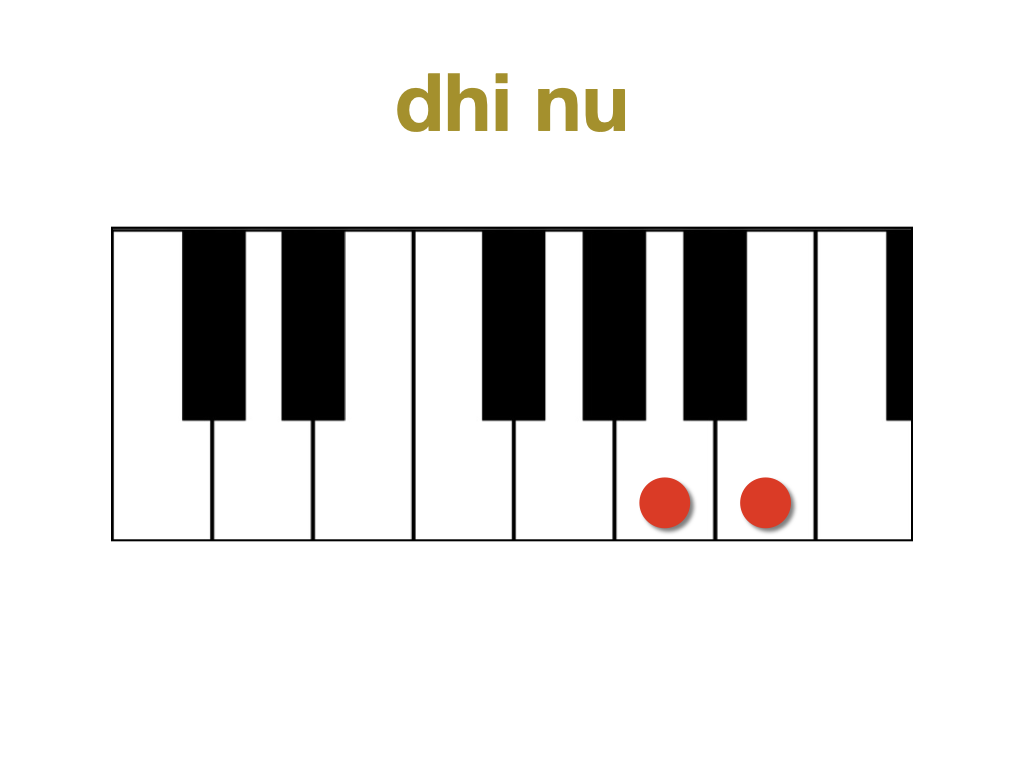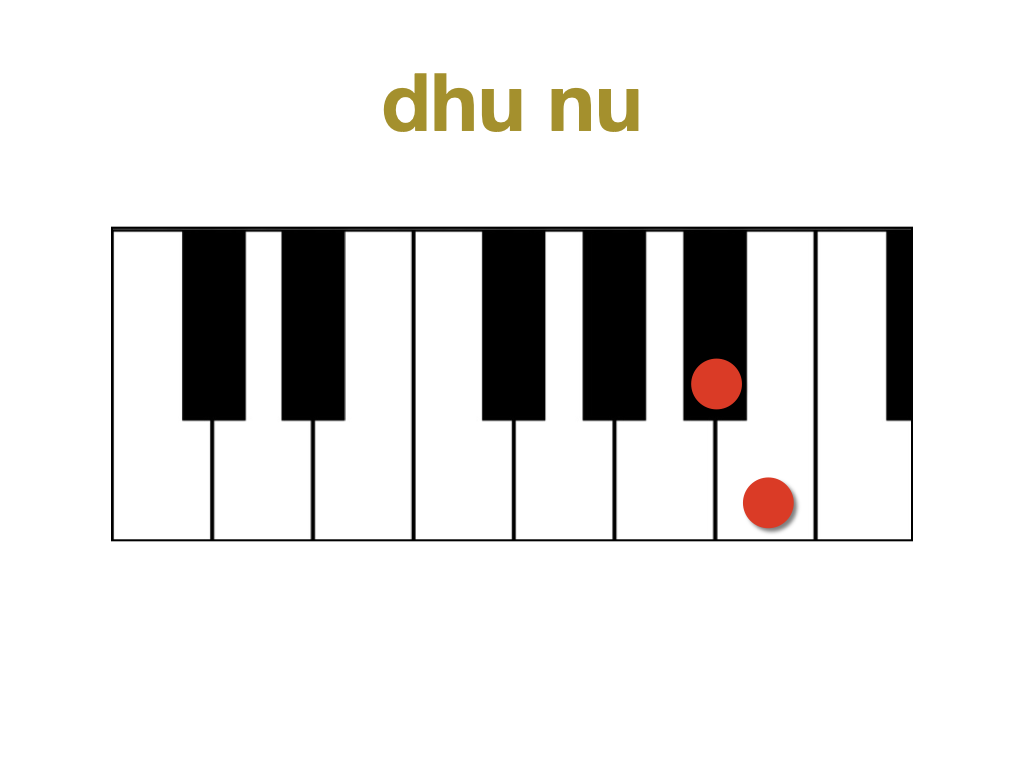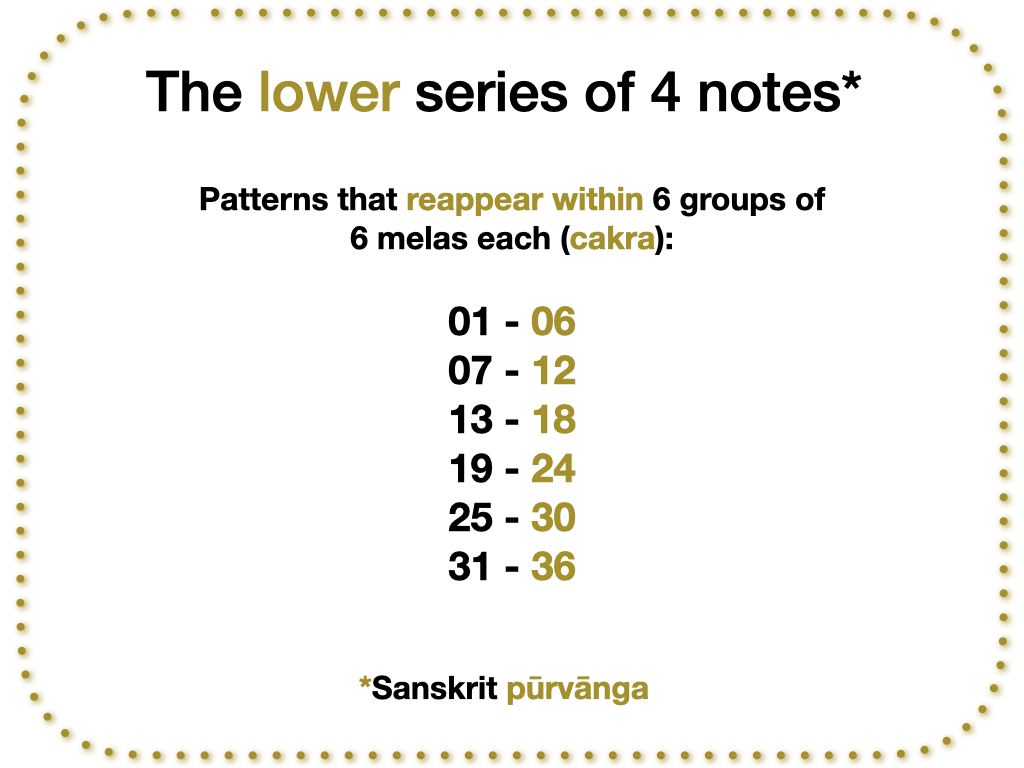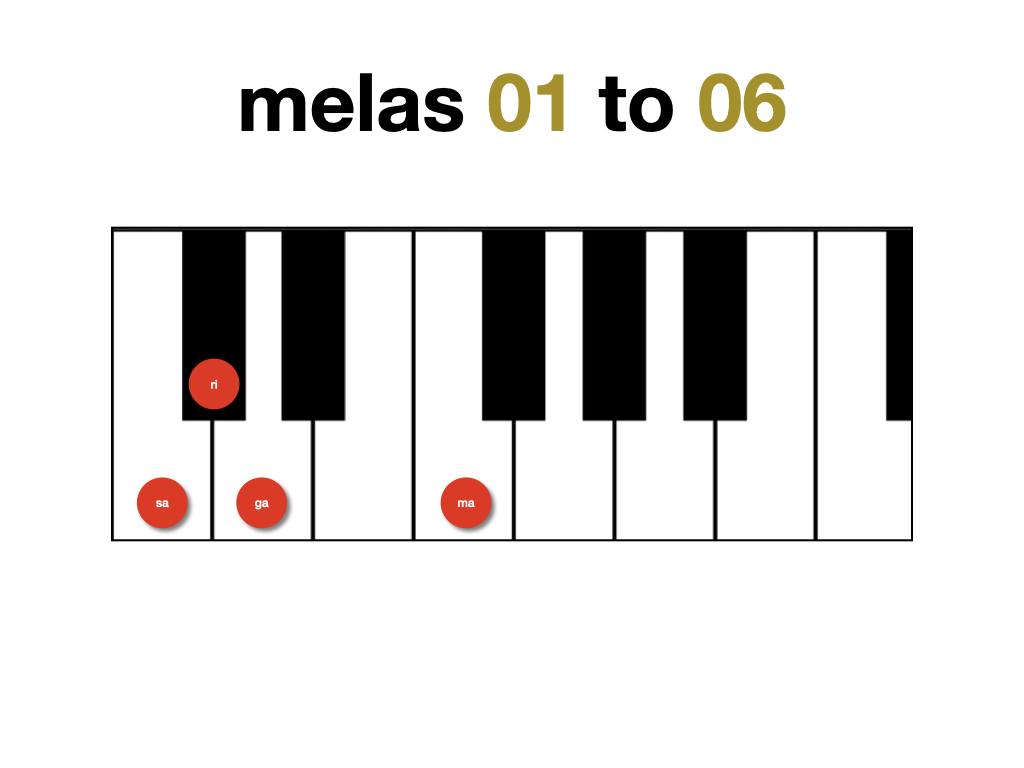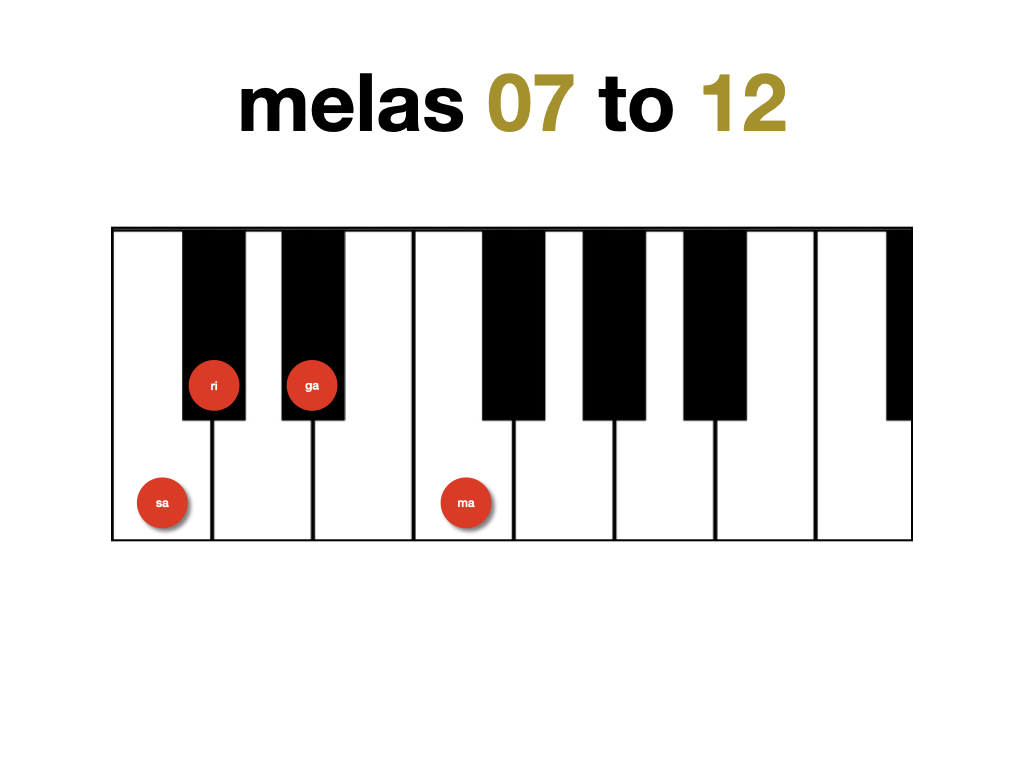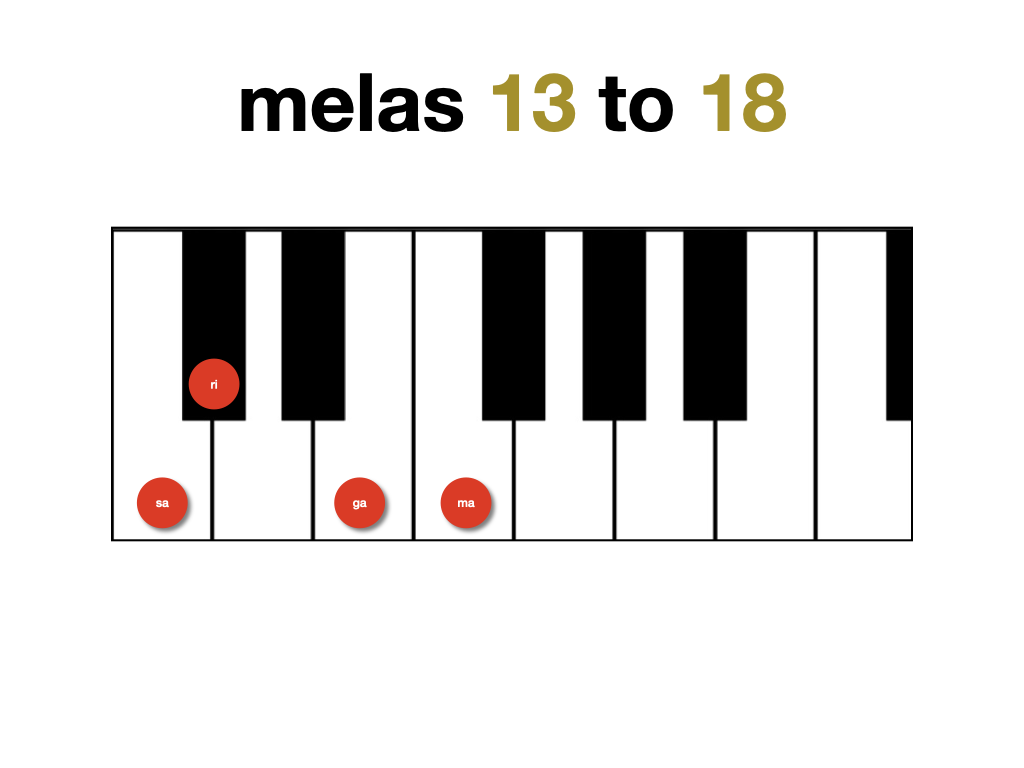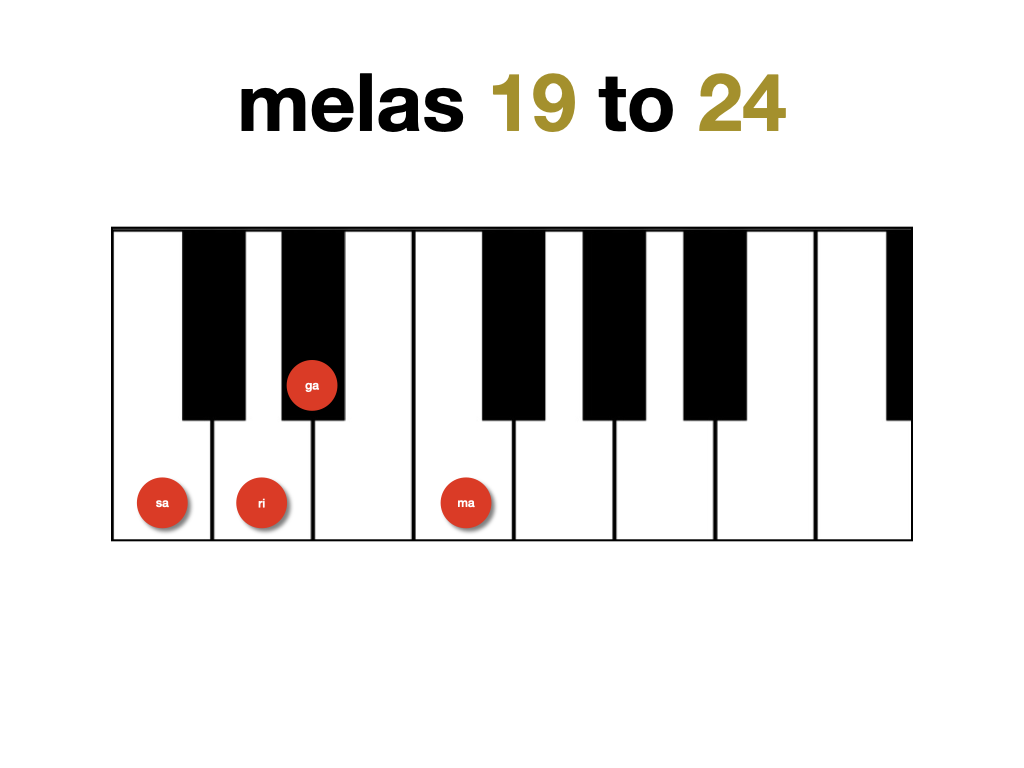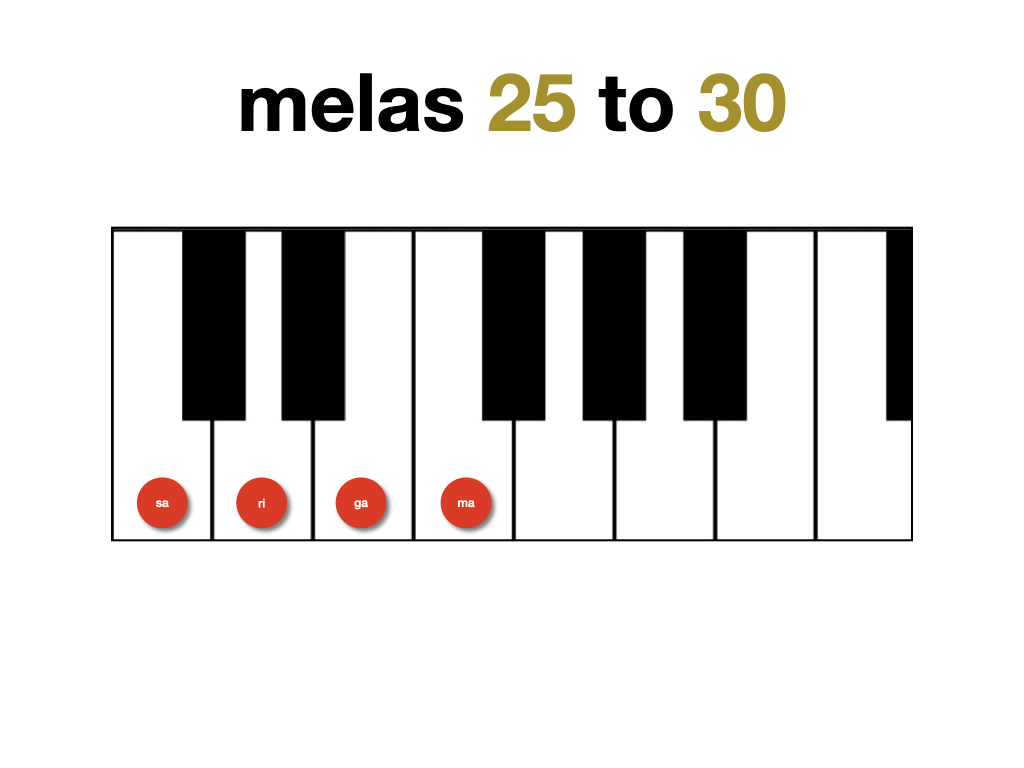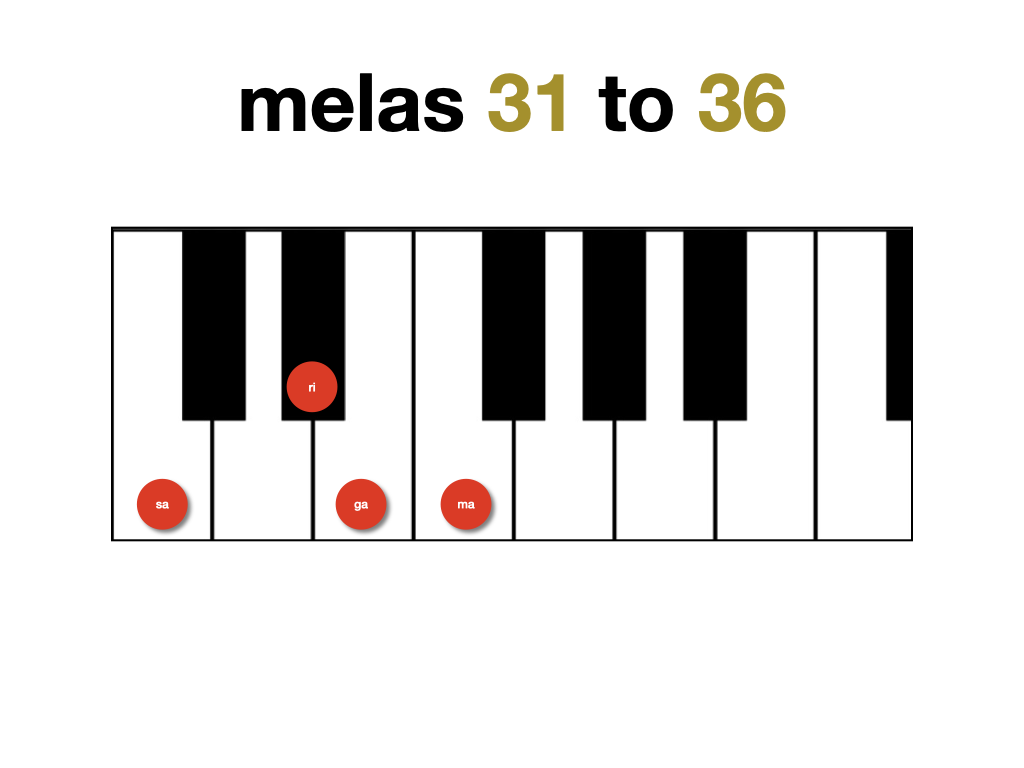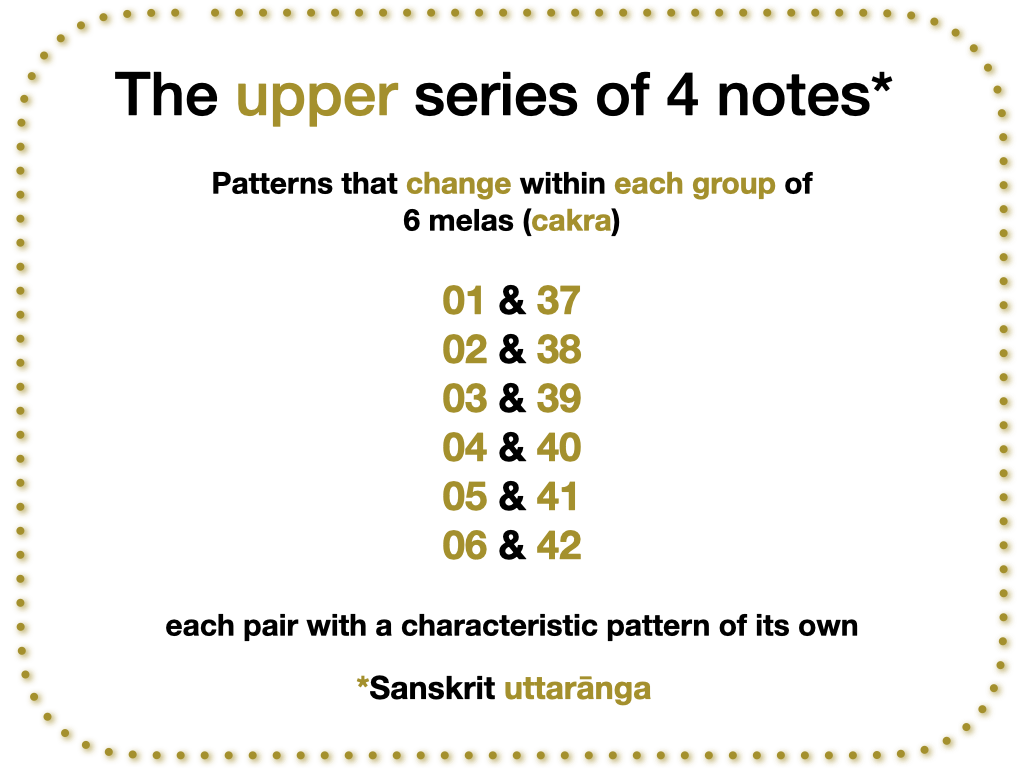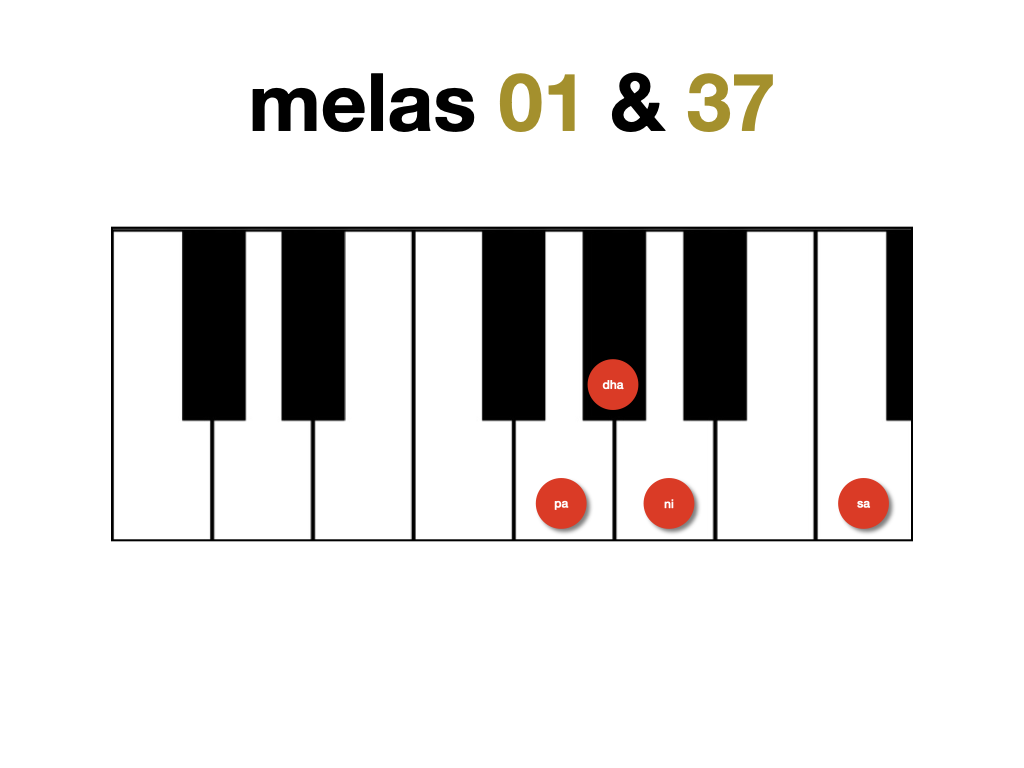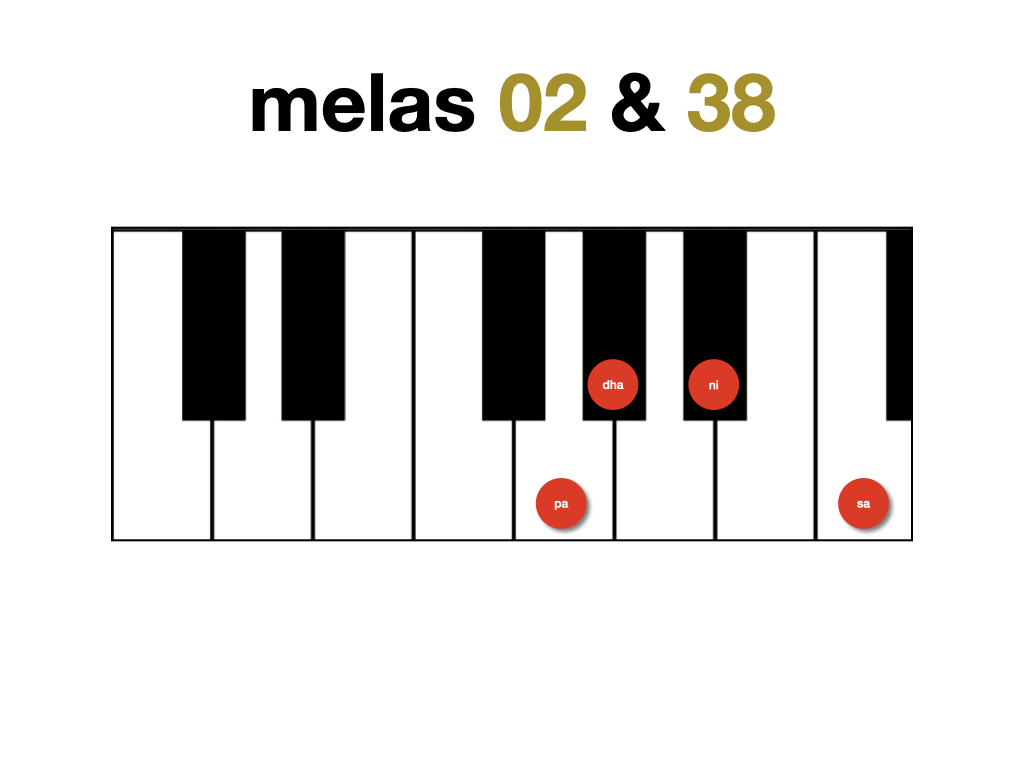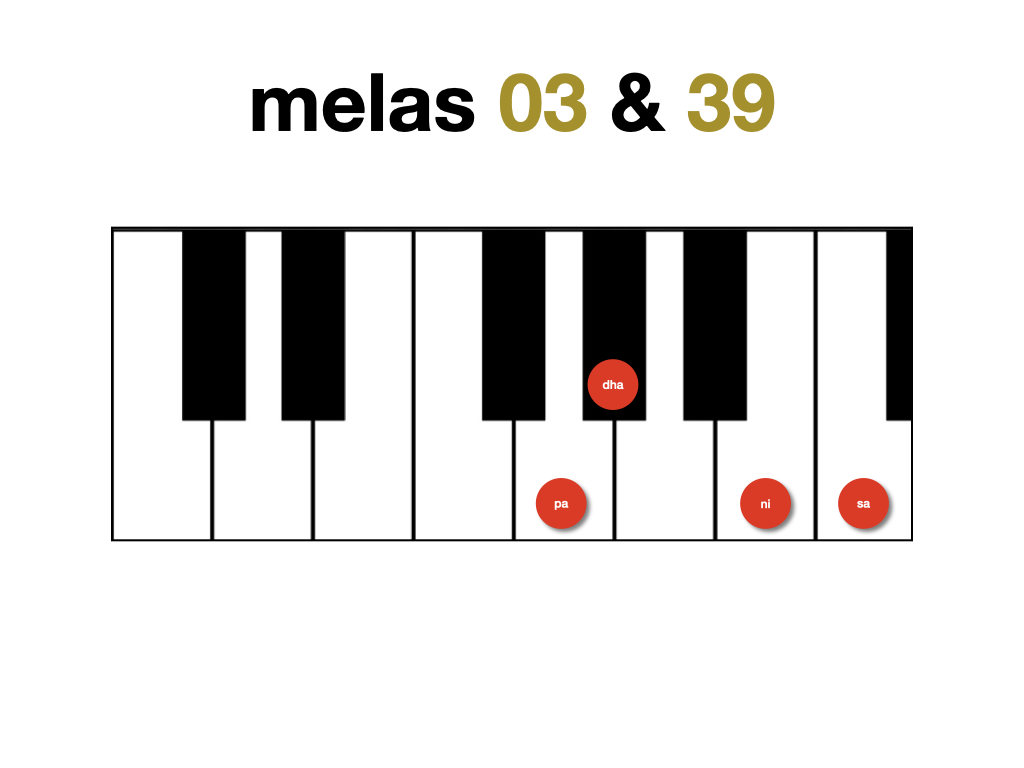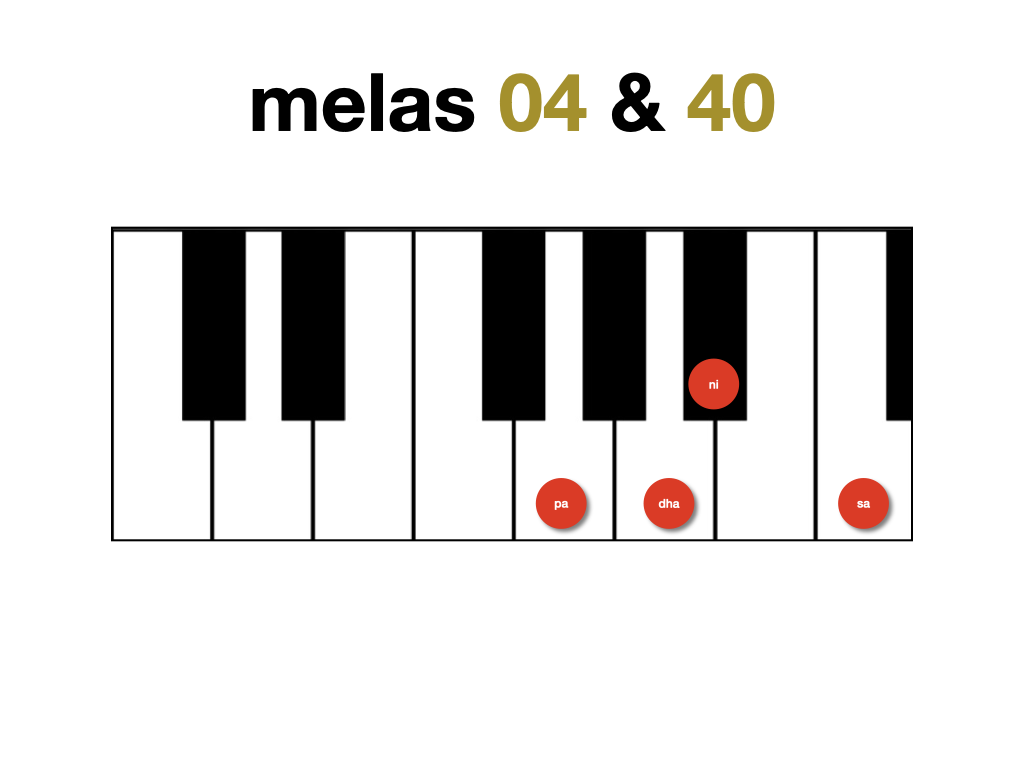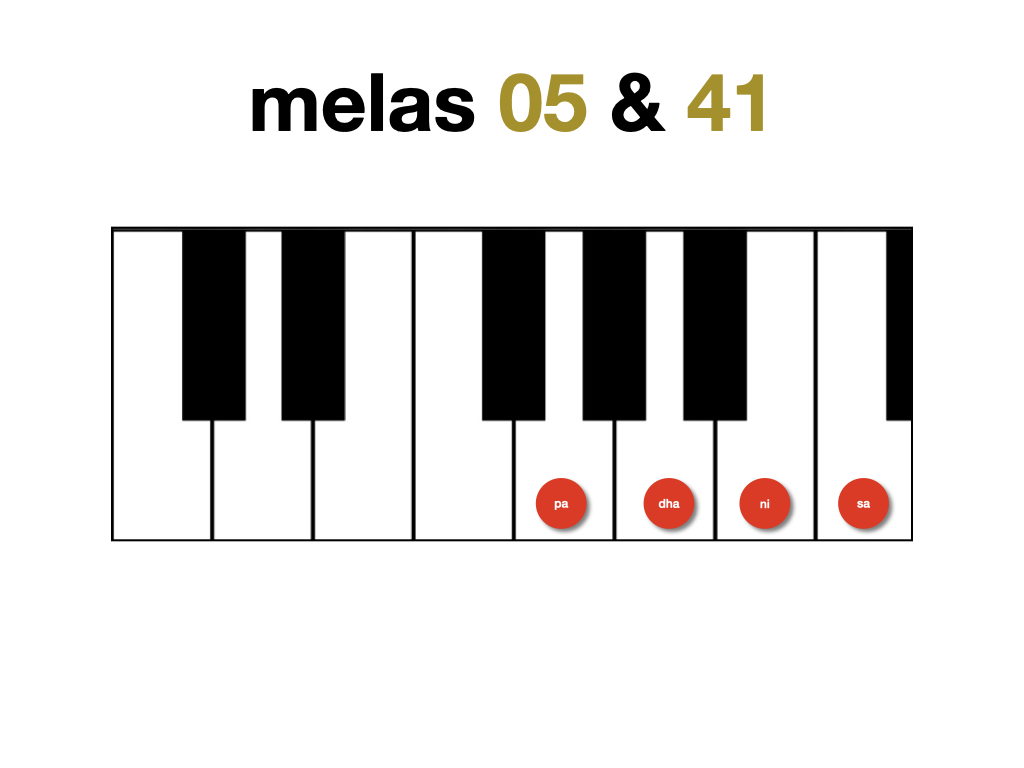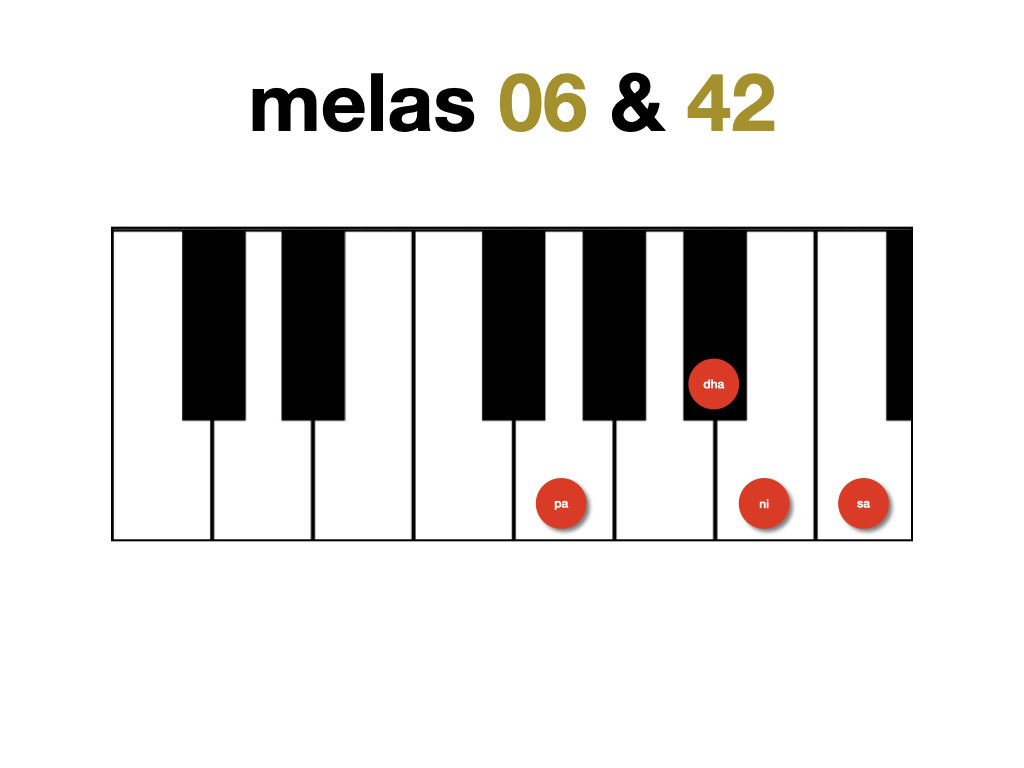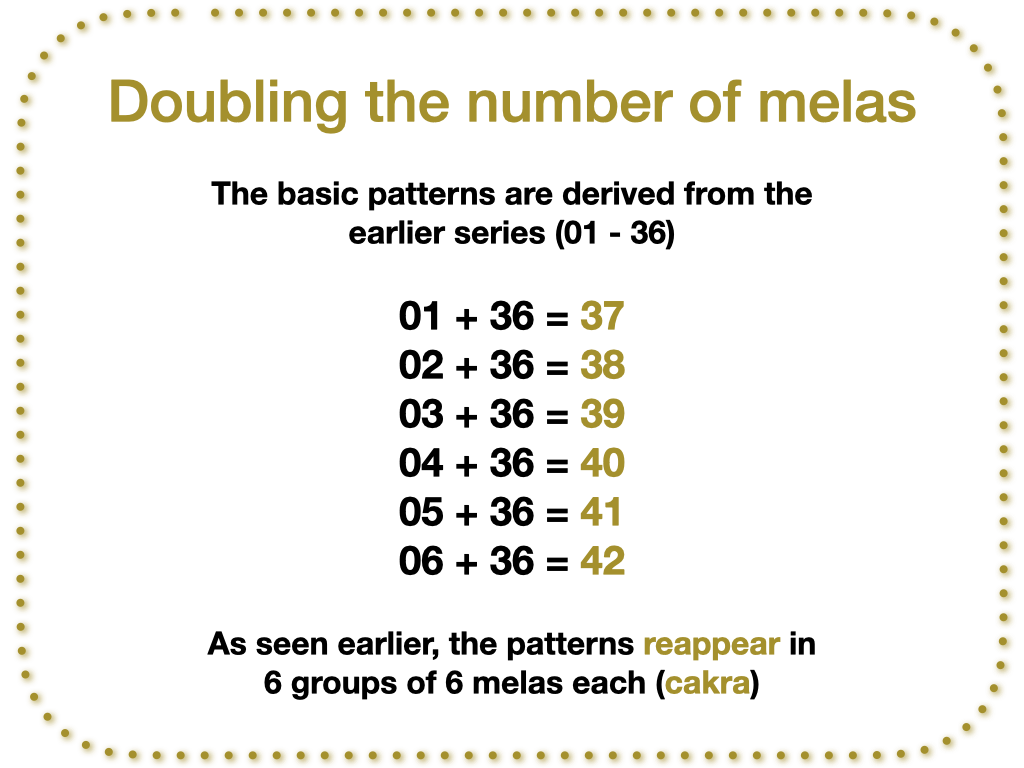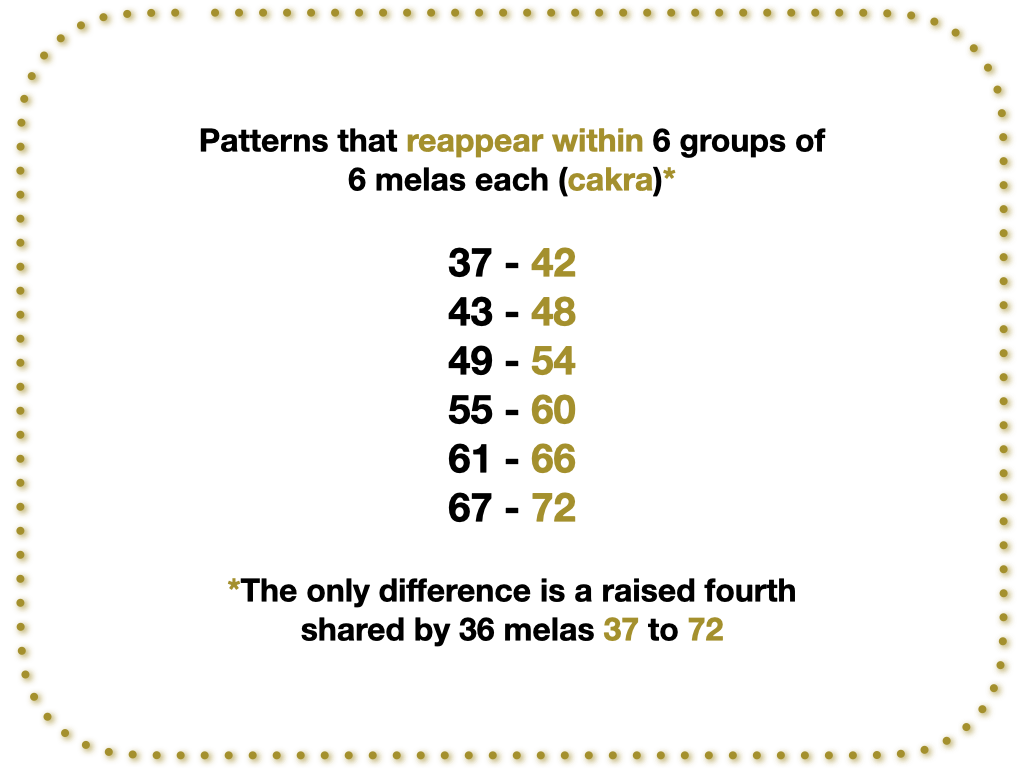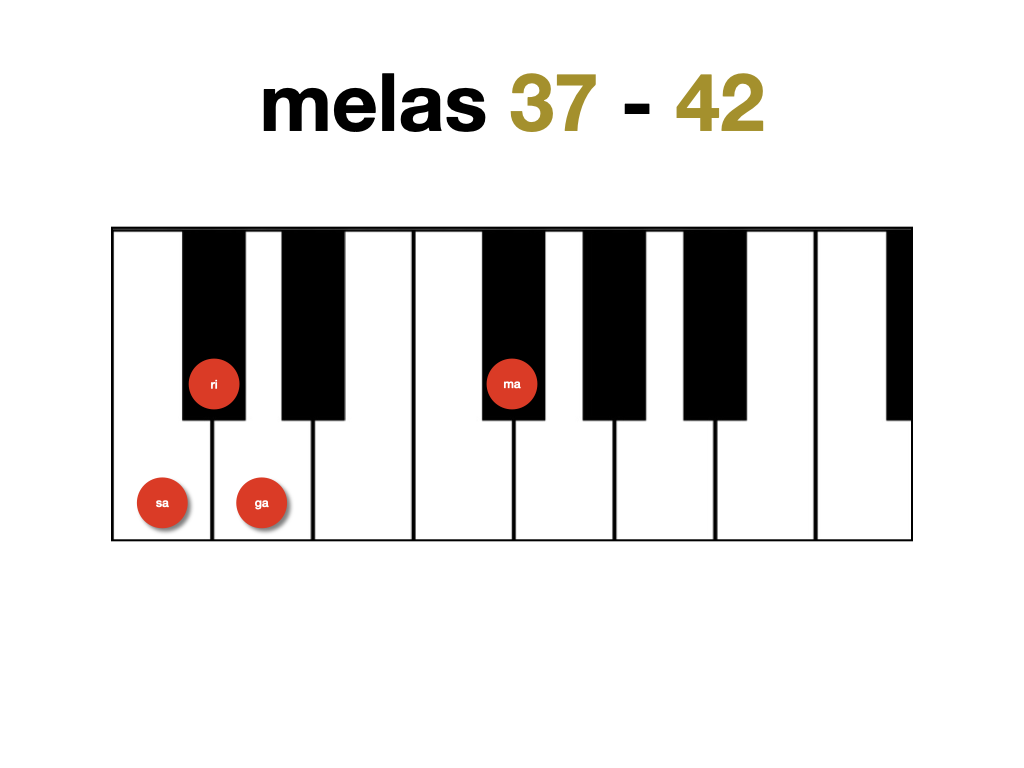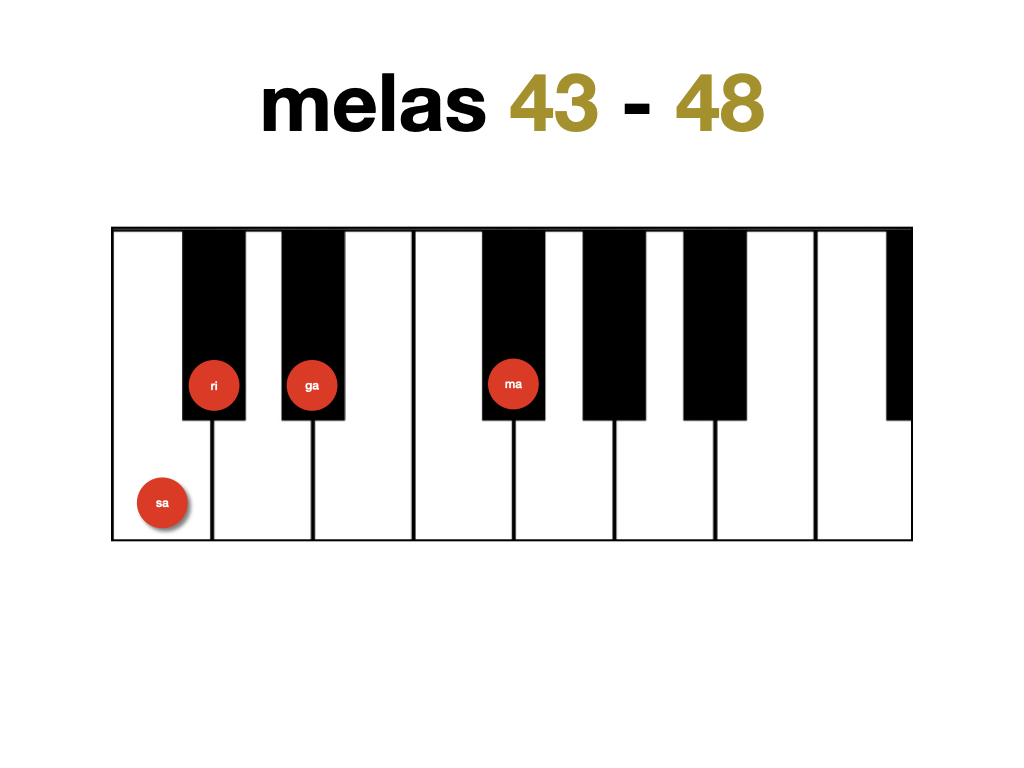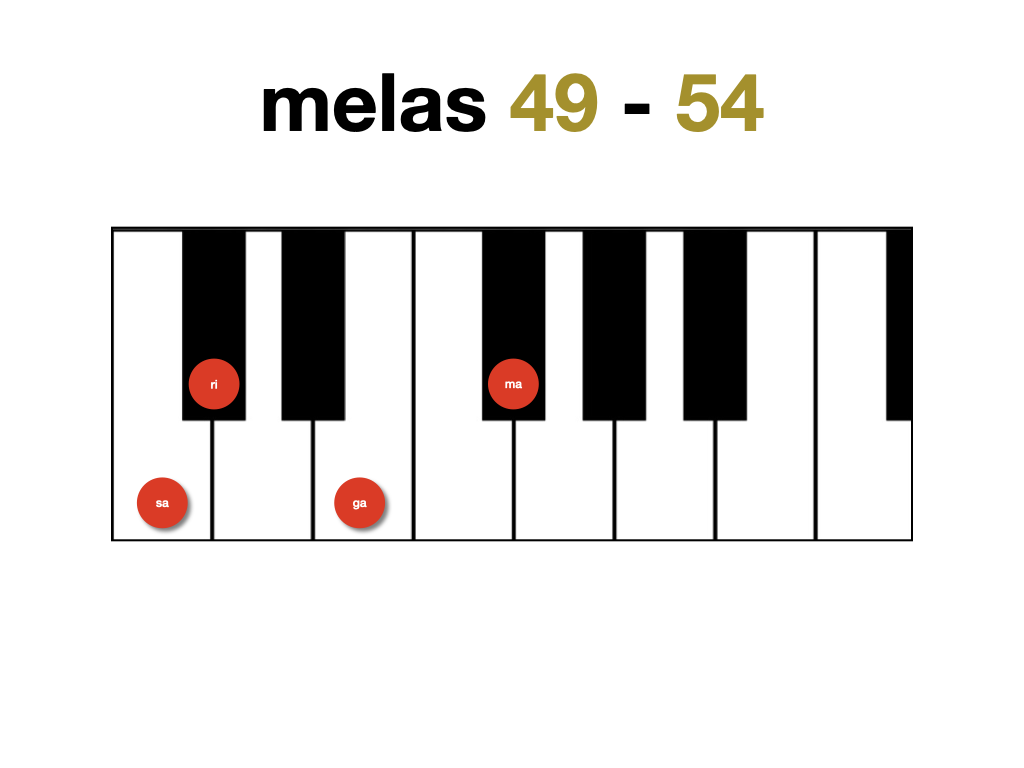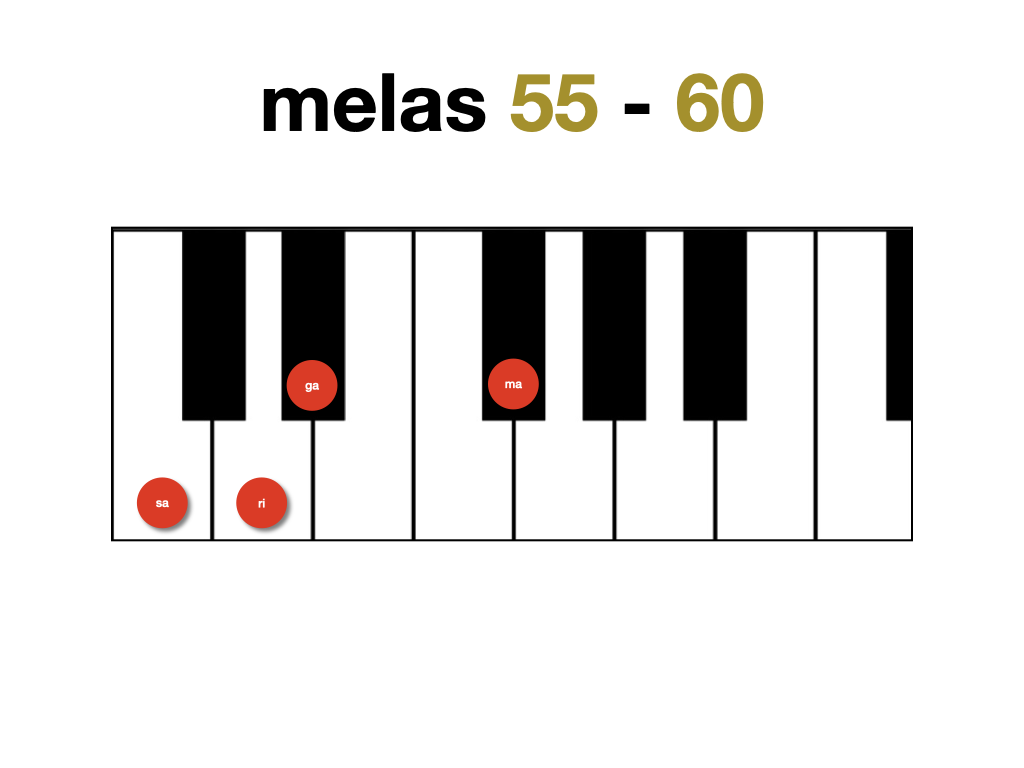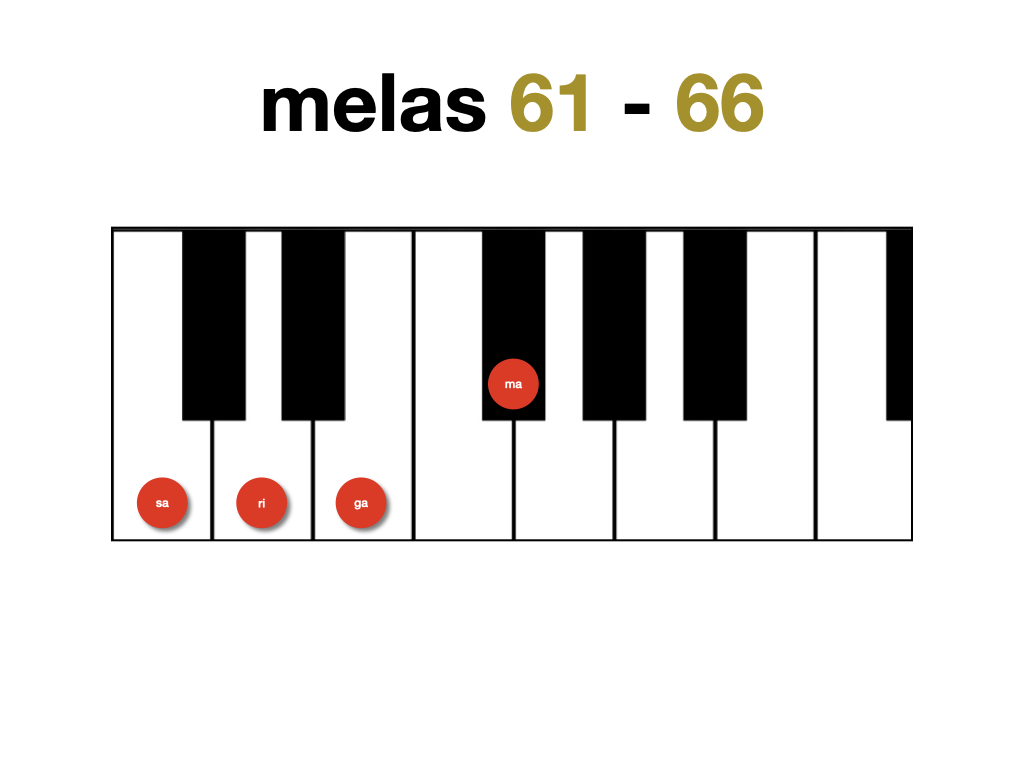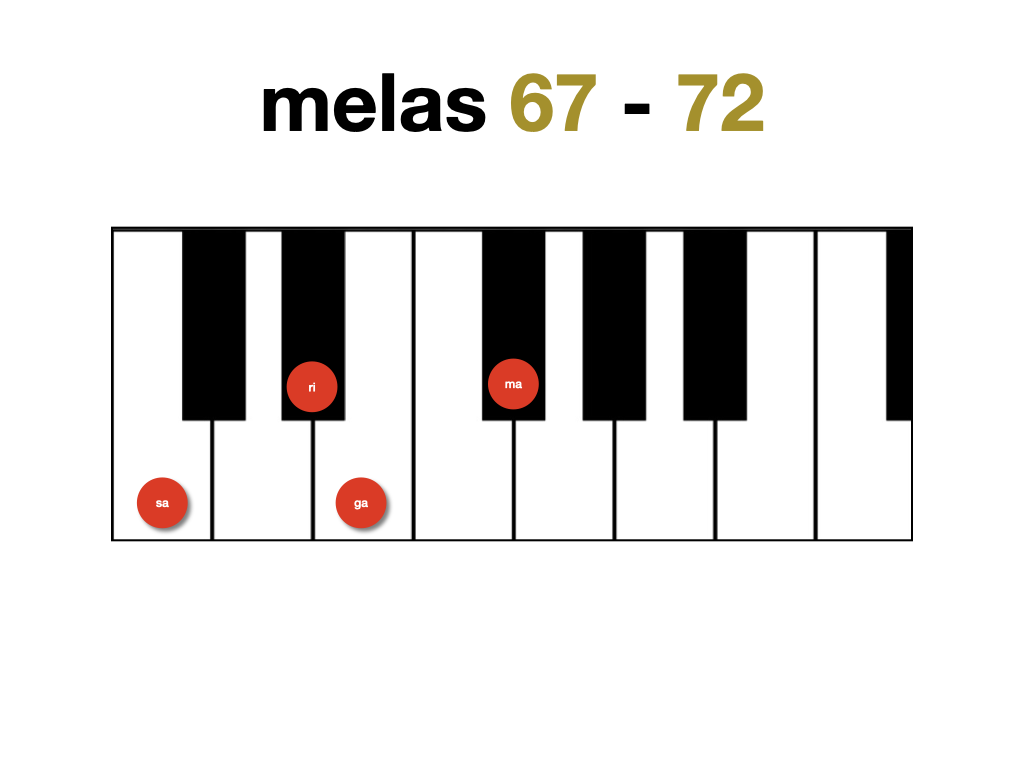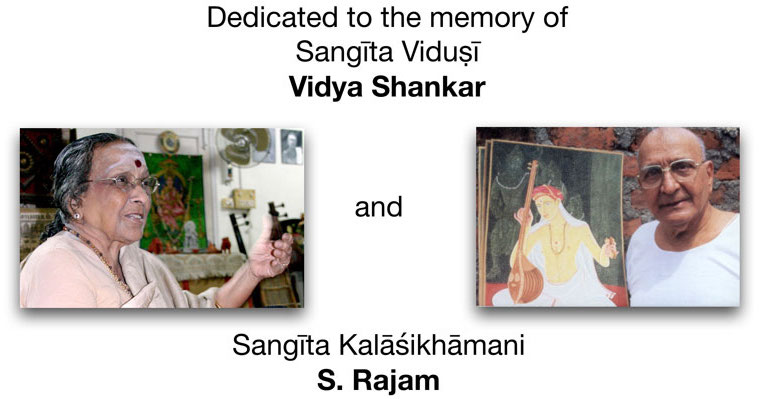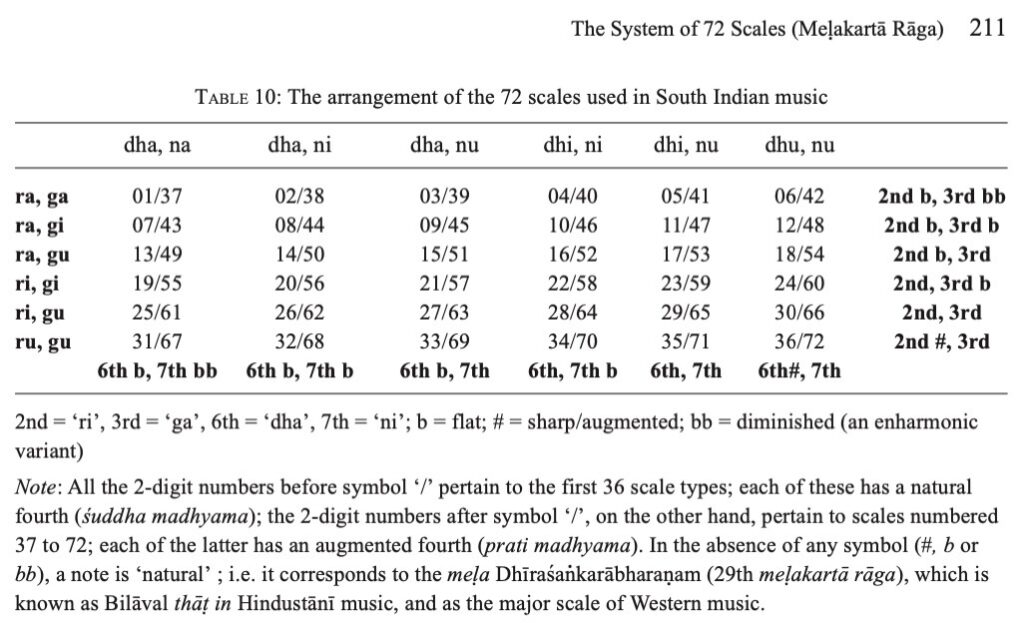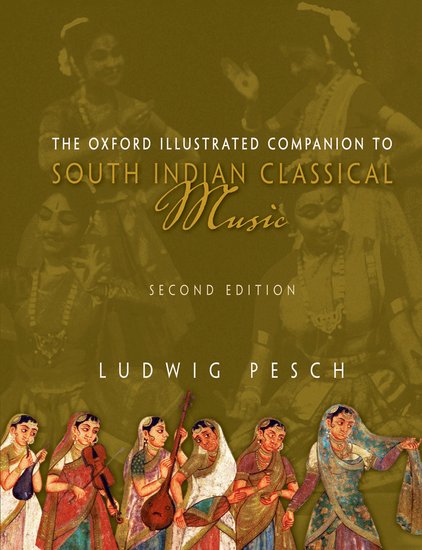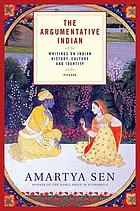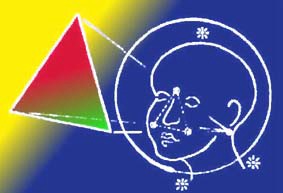
The notion of a particular time prescribed for ragas (gāna kāla) plays a greater role in Hindustani music than for exponents of its southern counterpart where sārvakālika ragas prevail: ragas suited to any day or night time. A few ragas nevertheless continue to be associated with the moods indicated by song lyrics (notably in dance and drama, temple processions and rituals). Think of invoking the power to bring and stop (!) rain associated with a popular Carnatic raga (which is by no means limited by the underlying associations).
As listening habits have changed in ways as profound as the manner music is being taught and performed we may take a prominent voice into account; one that few have associated with music over the past century: Swami Vivekananda who felt that “the suitability of Raga with time or season is not totally unfounded” while asserting that it “has nothing to do with chronological changes [but] change in the atmosphere and natural environment with time and season [that] ushers a change in one’s mood which is suited to the melody of a particular Rag”.
Vivekananda came to inquire into other spheres of modern life – with an open mind yet always critical as far as popular beliefs and trends are concerned: “Most importantly, he demonstrated how South Asian ideas and traditions could be given universal appeal but still retain their identity, rather than simply being assimilated.” – Lalita Kaplish in “Vivekananda’s journey: How a young Indian monk’s travels around the world inspired modern yoga”
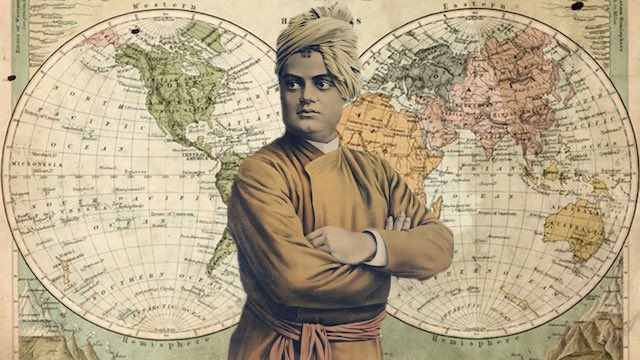
In Carnatic music it is experience that stands central in an art closely linked to individual circumstances, tastes or regional conventions rather than dogma: in the words of renowned musicologist S. Seetha, “ragas assume different colours and shades of expression in their attempt to satisfy the musical needs and tastes of the people”. (Tanjore as a Seat of Music)
Noted musicologist V. Premalatha comes to the conclusion that as an “extra-musical factor”, association of time with rāga “survives very strongly in the North Indian system of music and has not affected the South Indian Music“.
Excerpt: “Association of Rasa and Kāla (time) with Rāga-s”
Outside drama, there were other situations when rāga was associated with kāla. These were the temple rituals and social functions. In a temple, the Āgamic texts prescribe rituals which had to be performed during different parts of the day. Invariably with every ritual, there was performance of music, in the form of singing or playing the Nāgasvara and for each part of the day, a particular rāga or some rāga-s were prescribed. In social functions like marriages too, specific rāga-s are prescribed to be played on the nāgasvara during early morning and other times of the day. […]
It is very important to note here that all these texts like Bṛhaddēśī and Saṅgītaratnākara specify that such and such a rāga should be used in such and such a rasa. The manner of specifying this has to be noted carefully. It is never mentioned that a rāga will evoke a particular rasa. It is always stated that in a particular rasa a particular rāga has to be employed. In other words the rasa is created primarily by sthāyibāva which is generated through vibhāva, anubhāva and sañcārībhāva-s. And with the rasa having been created, it is to be reinforced through the song or the rāga. Rāga, in this context, has to be understood more in the sense of a tune. Because today, rāga has the notion of a melodic basis or a melodic type, from which several tunes could be created. If a rāga is prescribed for a particular rasa today, then one could ask which tune based on it should be employed? As for instance, a rāga like kēdāragaula or mukhāri may have two or three tunes, and one may wonder, which one is to used. Hence it is presumed that in the context of drama rāga perhaps denoted a tune. And it has to be borne in mind that it is not the rāga or music that evoke the rasa, but other factors. […]
Thus the association of rāga with kāla had begun with drama, temple and social functions. When dissociated from such contexts, as for instance in art music, association of time with rāga, seems to be an extra-musical factor. […] This association still survives very strongly in the North Indian system of music and has not affected the South Indian Music.
Source: “Association of Rasa and Kāla (time) with Rāga-s” by Prof. V. Premalatha (Central University of Tamil Nadu, Thiruvarur)
URL: http://musicresearchlibrary.net/omeka/items/show/2287
Date Visited: 16 April 2024
Much to ponder on the basis of the present excerpt (see below)!
Tip: for today’s views on this subject among Carnatic scholars and performers search for “gana kala time theory” (go to the research page or in the text-cum-reference book compiled for this course).
*
Vivekananda (born January 12, 1863, Calcutta [now Kolkata]—died July 4, 1902, near Calcutta) Hindu spiritual leader and reformer >>
Note by Swami Prabhananda titled Original Publisher’s Submission dated 12 January 2000
Swami Vivekenanda’s illustrious life is like an open page, known to the world. One of the little known aspects of his life is his contribution in writing the musical Compilation “Sangeet Kalpataru“. He was just 24 years old when he had worked on this Compilation. He was not initiated to sainthood till then. He had collected 647 songs and written a long preface on the grammar of Indian music and on various musical instruments. He was known at that time as Narendranath Dutta. Many Vivekenanda research scholars had discussed this aspect of his life earlier.
Dr. Sarbananda Chowdhury, had collected valuable information and analysed the musical Compilation from different points of view in his article “Prashangeek Tathya O Alochona” (Relevant Information and Discussion). He had also emphasized the role of Narendra Nath Dutta and Baishnab Charan Basak in the Compilation and publication of the volume. He had also revealed the mystery behind how Swami Vivekananda’s name was eliminated as a compiler while the book was published edition after edition. He had made a logical evaluation of the historical importance of the book and its relevance in the world of music and thus earned the gratitude of one and all.
*
Narendranath Dutta (Swami Vivekananda) observes:
The Ragas where all seven notes are used are called Shampurna.
Those which use only six notes are called the Kharab. Those which use five notes are called the Orab.
Let us take the example of Bhairab. This Raga uses all the seven notes. We know from our knowledge of mathematics that the seven notes can be arranged in (7x6x5x4x3x2x1)=5040 combinations. There are different Tals as well. If 5040 combinations of notes are used in each combination of Tal then one person cannot possibly play all possible combinations of one Raga in his lifetime.
Ragas are considered the males and the Raginis the females. It is said that there are six Ragas and thirtysix Raginis. This concept is also not absolute, there are differences of opinion on this. Generally the following are considered the Ragas:
Bhairab, Sree, Malkosh, Basant, Megh and Nat Narayan. The scriptures had identified Ragas and Raginis to be suitably played at a particular time of the day or in a particular season. Ragas like Mallar sound very pleasing in the monsoon. In spring Bahar Basant sound very pleasant.
There are different opinions though. Some say one gets used to listening to a particular Raga in a particular season. That habit makes it suitable for that time. It has nothing to do with chronological changes. We think that the change in the atmosphere and natural environment with time and season ushers a change in one’s mood which is suited to the melody of a particular Raga. Hence the suitability of Raga with time or season is not totally unfounded.
Modern songs do not create such ambience because of a number of reasons. Firstly, the Ragas are not very correctly followed in the tune of modern songs. Secondly, the lyrics of some modern songs do not tally with the mood of the Ragas and Raginis in which the tune is made. For instance, Khambaj is a Ragini of erotic mood. If the lyrics of a song based on Khambaj is composed on pathos, it would result in a terrible mismatch. The song would evoke neither pathos nor eroticism.
The following are the names of different Ragas and Raginis which are sung or played at different hours of the day.
Morning – Bhairab, Lalita, Jogincha, Asha, Bibhas, Todi, Bhairabi, Alaiya, Bangali, Belabati etc.
Midday – Sarang, Gour-Sarang etc.
Afternoon – Multani, Bhimru, Palasree, Baroan, Pilu etc.
Sunset and Twilight – Sree, Purabi, Gouri, Purba etc.
Early night or Evening – Iman Kalyan, Kedar, Hambir, Bagesree, Kanara etc.
Late night – Bahar, Basant, Behag etc.
Source:
Swami Vivekananda’s Concepts Of Indian Classical Music translated by Paras Dutta (Kolkata: Naya Udyog 2008); Bengali title: Sangeet Kalpataru, pp. 14-15

